Salientia (from Latin salere, "to jump") is a group of offspring, including modern frogs in the order Anura and their close relatives the fossils of "proto-frogs" (eg, Triadobatrachus and Czatkobatrachus). Common characteristics that “proto-frogs” possess in the Salientia group include fourteen presacral vertebrae (modern frogs have eight or nine), a long and sloping iliac pelvis, the presence of a frontoparietal bone, and a toothless lower jaw.😮😮
Salientia (del latino salere, “saltar”) es un grupo de vástagos, incluyendo ranas modernas en el orden Anura y sus parientes cercanos los fósiles de “proto-ranas” (por ejemplo, Triadobatrachus y Czatkobatrachus). Las características comunes que poseen las “proto-ranas” en el grupo Salientia incluyen catorce vértebras pre sacro (las ranas modernas tienen ocho o nueve), pelvis larga y con pendiente iliaca, la presencia de un hueso frontoparietal y una mandíbula inferior sin dientes. 👨🏫👨🏫
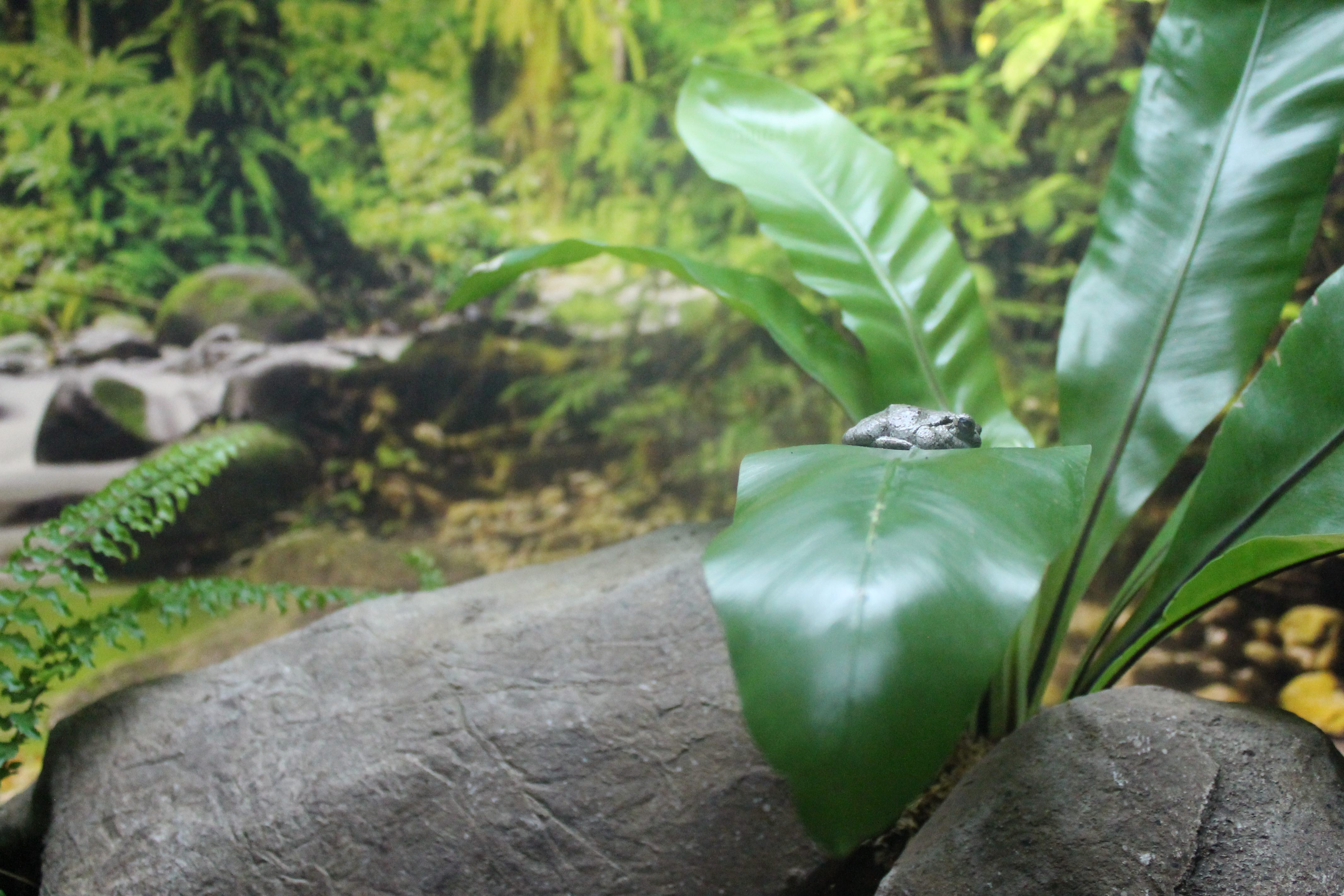

The oldest frog fossil that falls into the anuran lineage is Prosalirus bitis, which lived in the early Jurassic. It was discovered in 1995 in the Kayenta Formation, Arizona and dates back to the Early Jurassic era (199-175 million years ago), making Prosalirus somewhat more recent than Triadobatrachus. Like the latter, the Prosalirus did not have very wide legs, but had the triple pelvic structure, typical of modern frogs. Unlike the Triadobatrachus, the Prosalirus had already lost most of its tail and was well adapted to jumping.
El fósil más antiguo de rana que cae en el linaje de anuros es el Prosalirus bitis, que vivió a principios del Jurásico. Fue descubierto en 1995 en la Formación Kayenta, Arizona y se remonta a la época del Jurásico Temprano (Hace 199-175millones de años), lo que hace al Prosalirus algo más reciente que el Triadobatrachus. Al igual que este último, el Prosalirus no tenía las piernas muy amplias, pero tenía la estructura pélvica triple, típica de las ranas modernas. A diferencia del Triadobatrachus, el Prosalirus ya había perdido casi toda su cola y estaba bien adaptado para saltar.
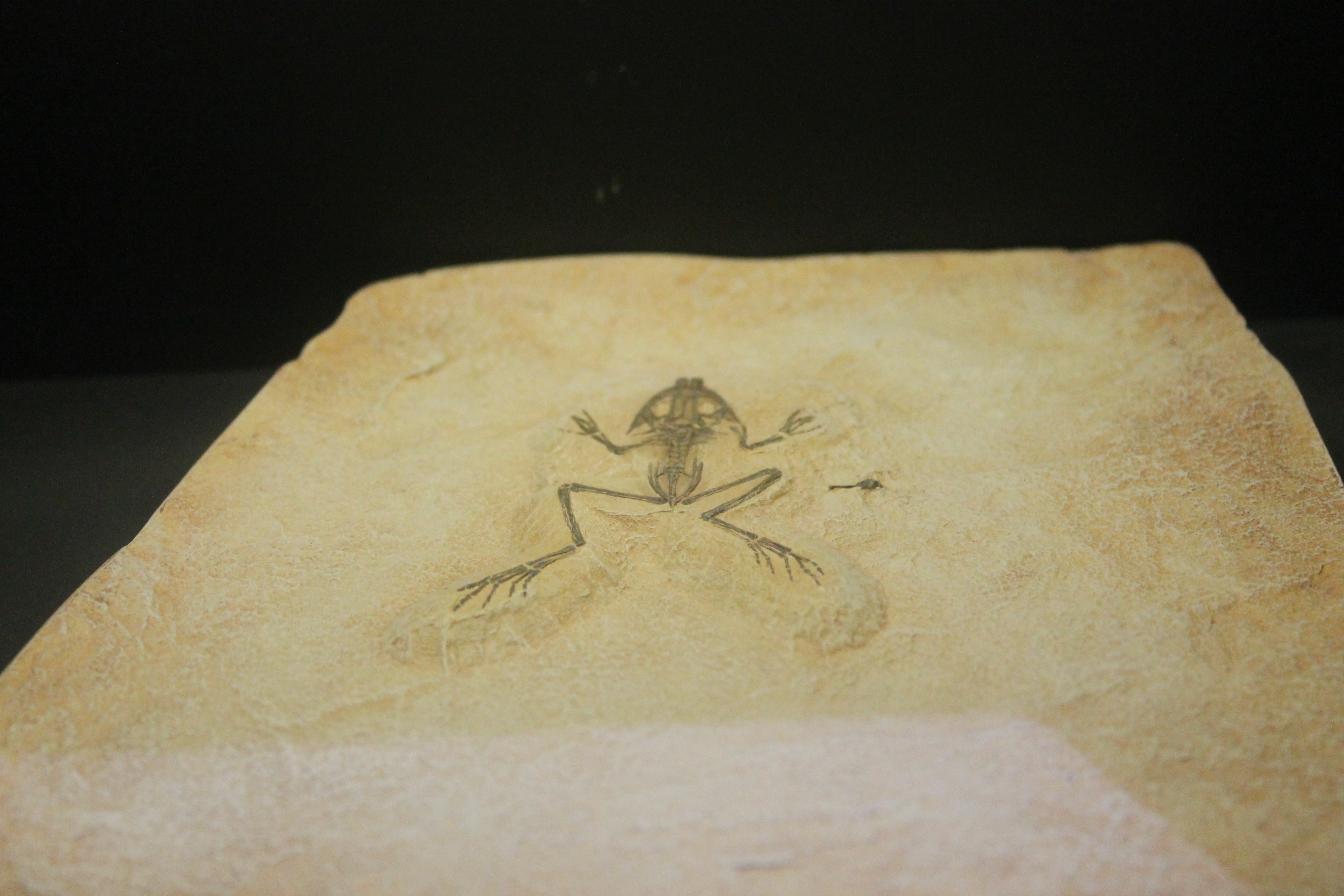
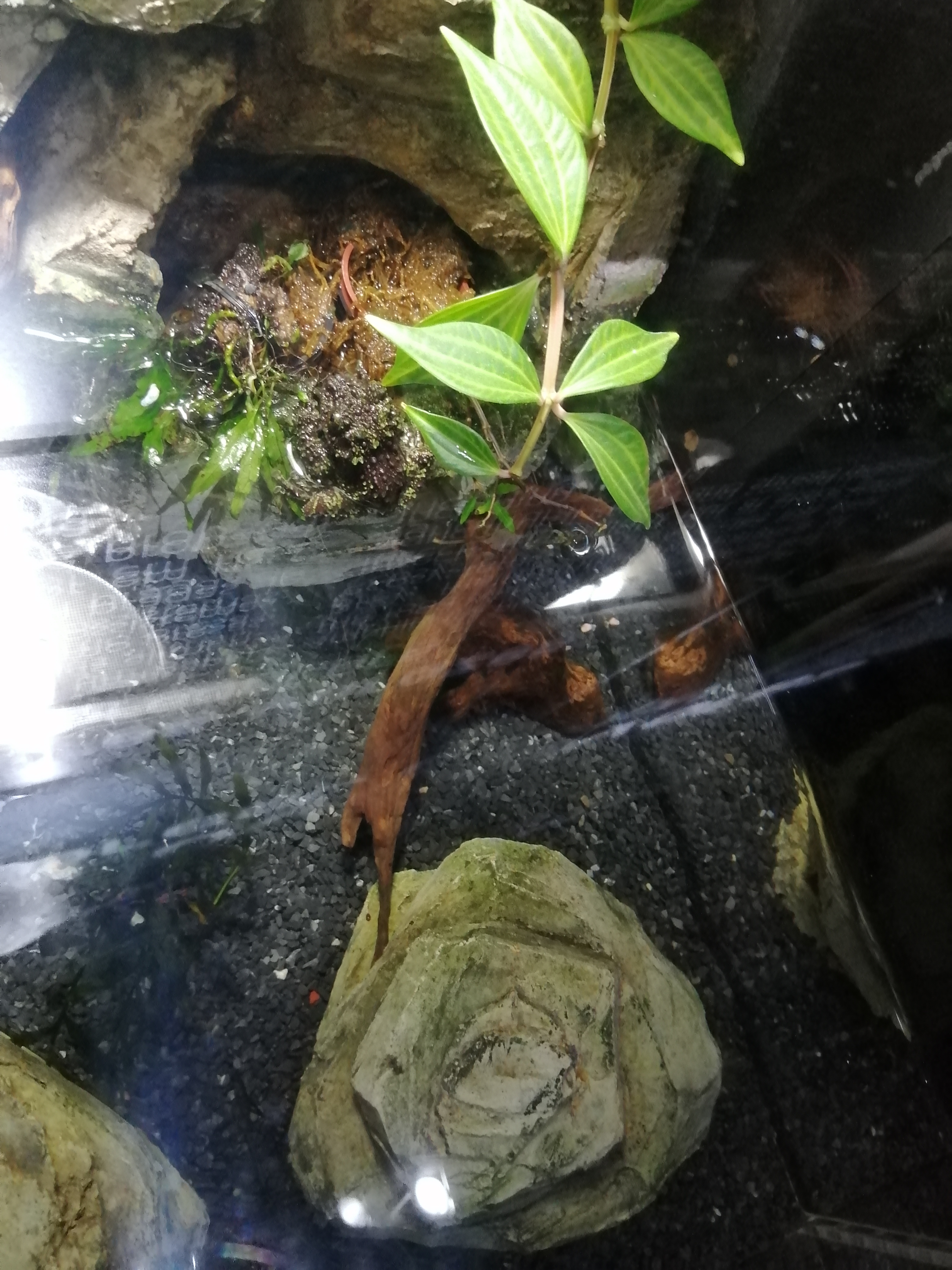
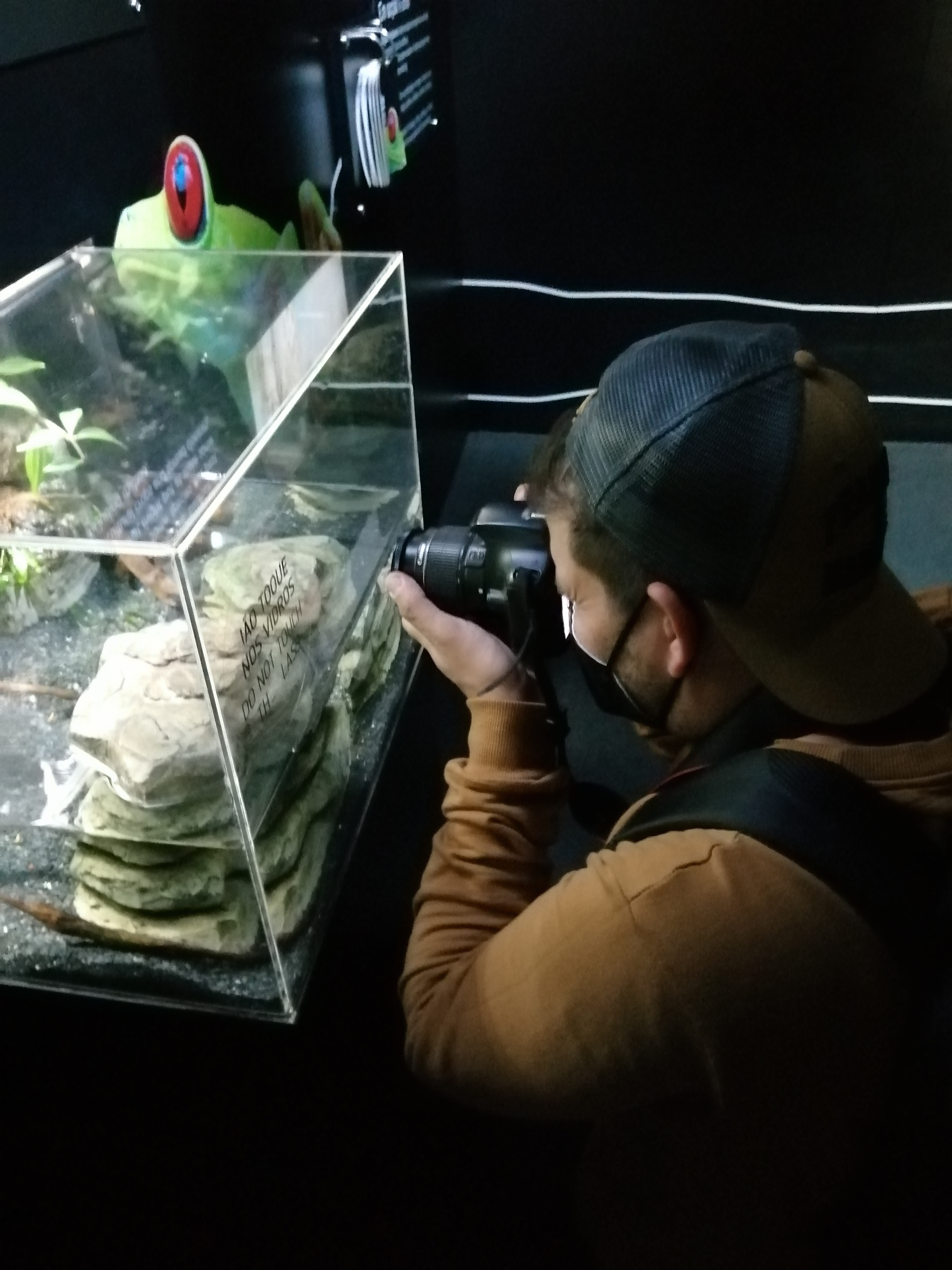
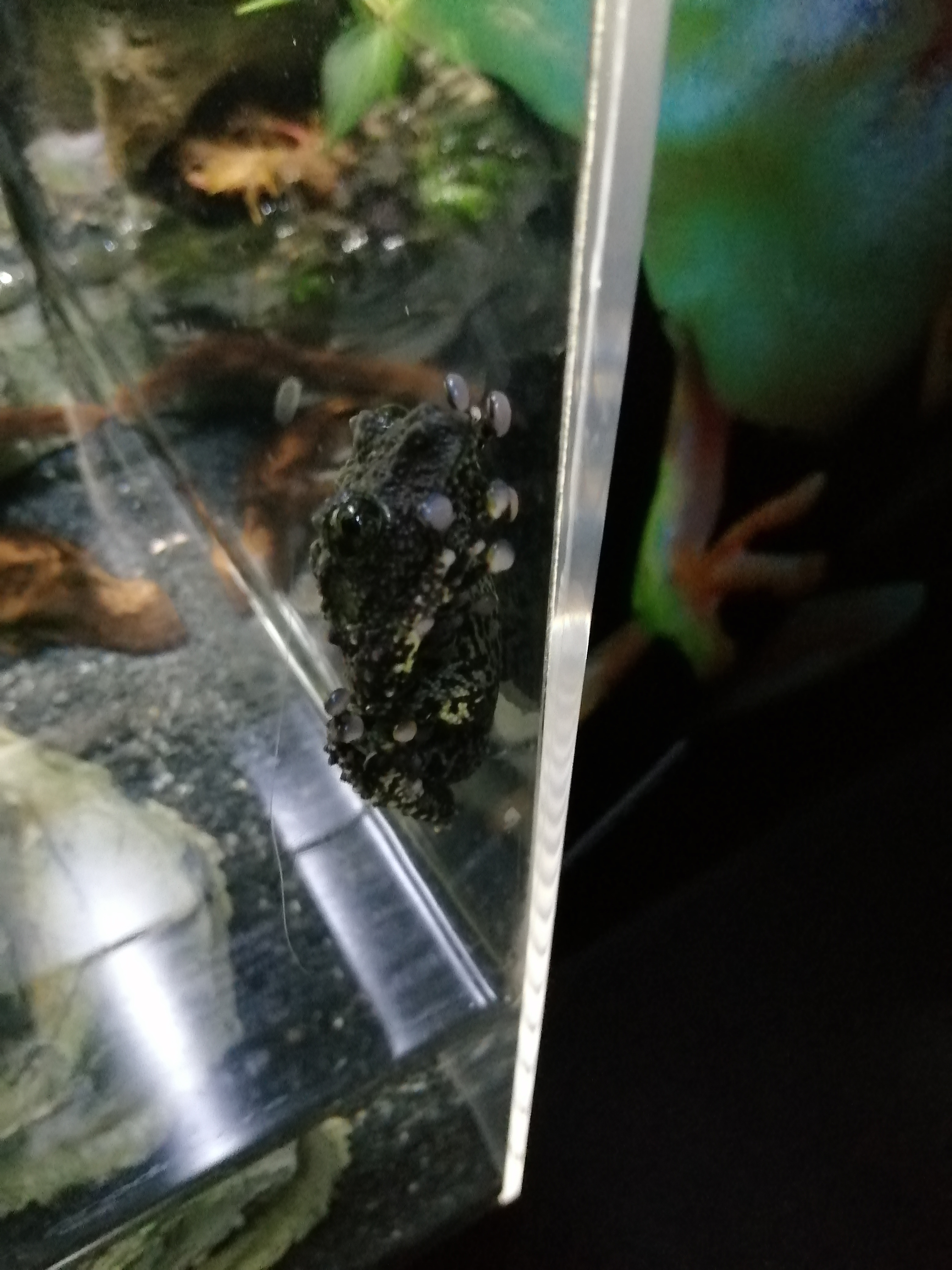
The oldest known "true frog" is Vieraella herbsti, from the Early Jurassic. Only dorsal and ventral impressions are known from a single animal and it was estimated at 33 mm (1.3 inches) from snout to cloacal opening. Notobatrachus degiustoi from the middle Jurassic is slightly younger, around 155-170 million years old. The main evolutionary changes in this species involve the shortening of the body and the loss of the tail. It is likely that the evolution of the modern Anura was completed in the Jurassic period. Since then, the evolutionary changes that have occurred in the number of chromosomes are about twenty times faster in mammals than in frogs, which means that speciation occurs more quickly in mammals.😚😚
La ” rana verdadera” más antigua conocida es la Vieraella herbsti, del Jurásico Temprano. Se conocen sólo impresiones de la dorsal y ventral de un solo animal y se estimó en 33 mm (1,3 pulgadas) desde el hocico a la abertura cloacal. La Notobatrachus degiustoi del Jurásico medio es un poco más joven, de alrededor de 155-170 millones de años. Los principales cambios evolutivos en esta especie involucran el acortamiento del cuerpo y la pérdida de la cola. Es probable que la evolución de la Anura moderna se completara en el período Jurásico. Desde entonces, los cambios evolutivos que se han producido en el número de cromosomas, son cerca de veinte veces más rápidos en los mamíferos que en las ranas, lo que significa que la especiación se produce más rápidamente en los mamíferos.🥼🥽

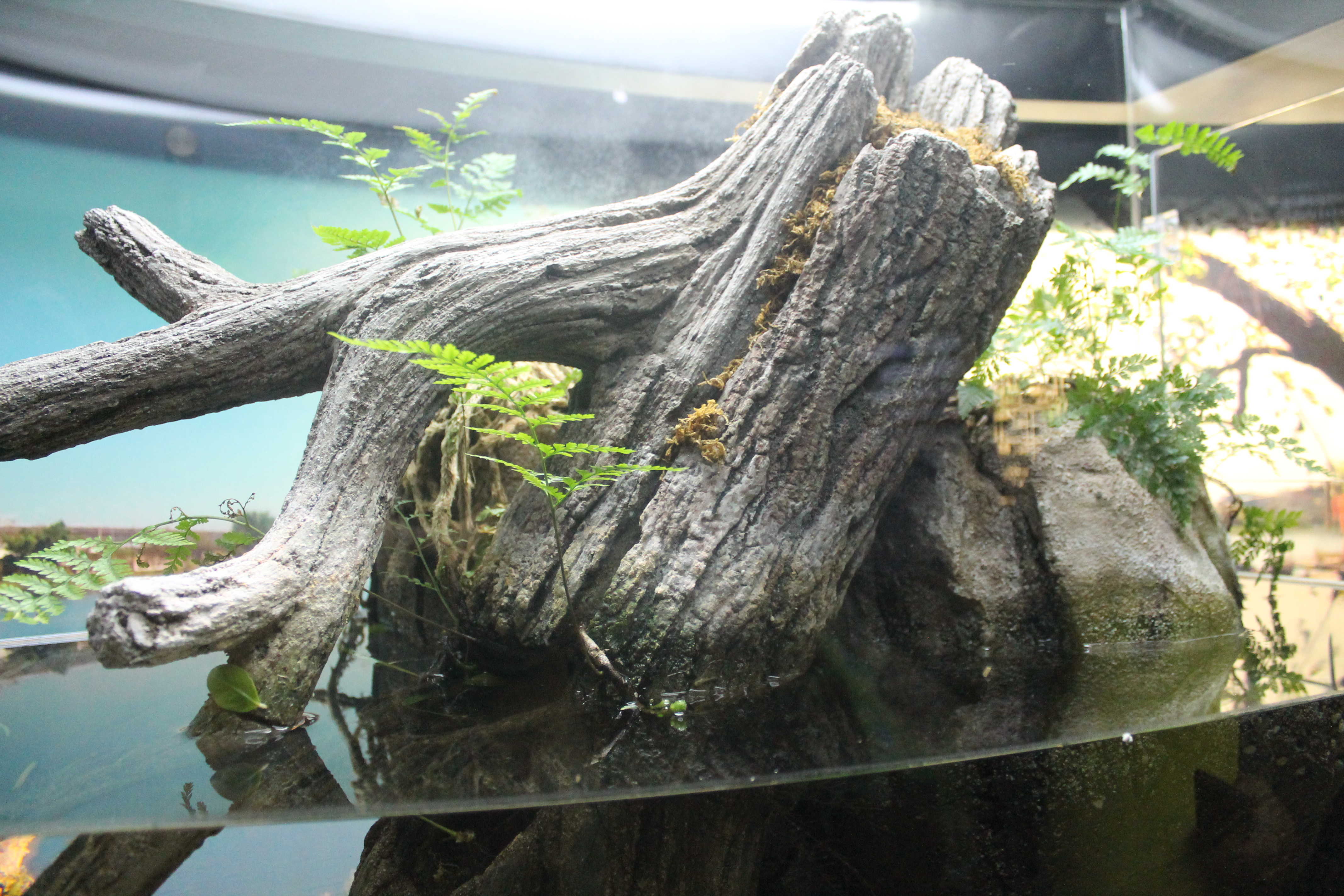
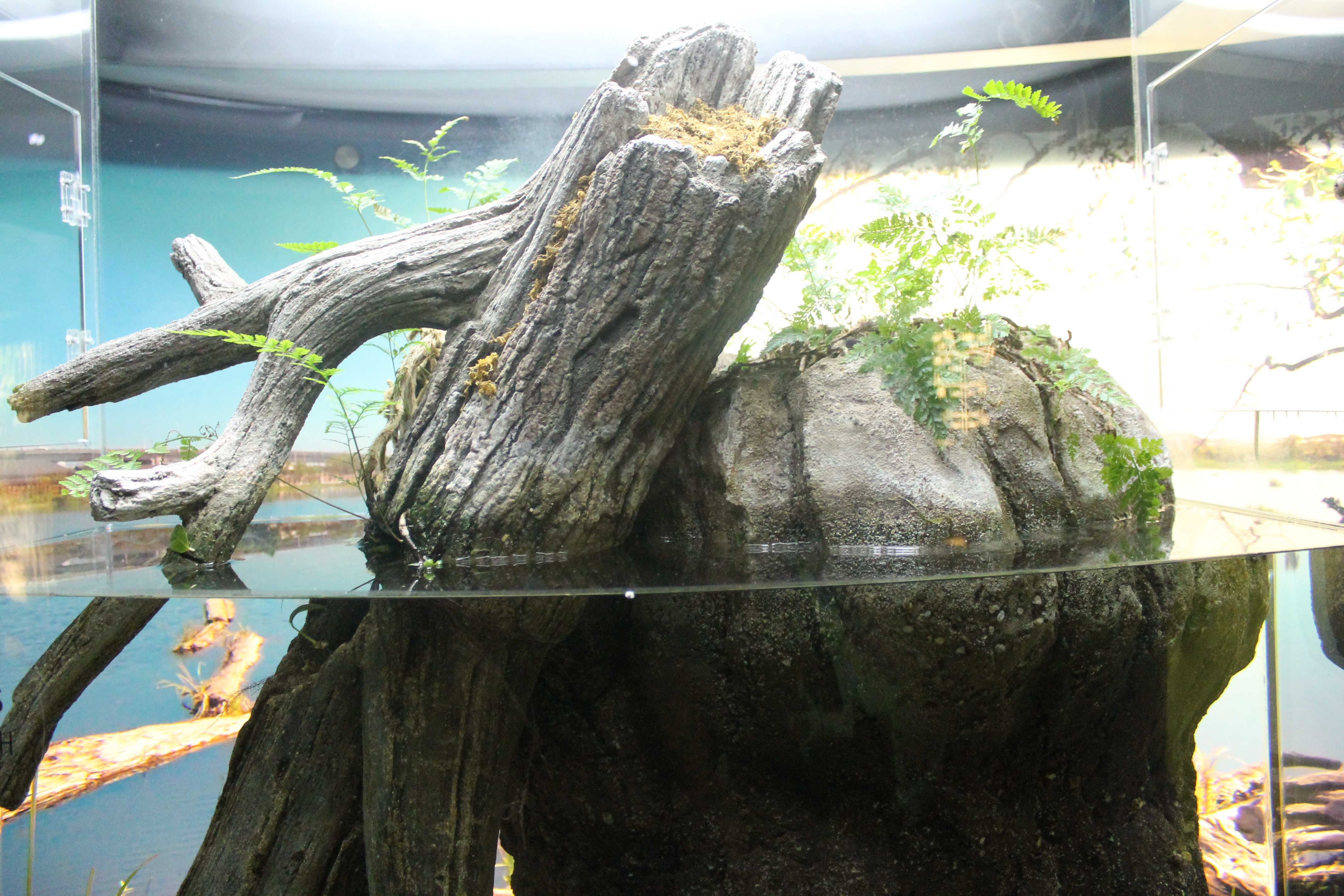
An early, well-preserved fossil from Sanyanlichan, which lived 125 million years ago, was discovered in China in 2001. It had all the characteristics of modern frogs but with nine presacral vertebrae in its spine, instead of the eight found in current species. It is believed to be the ancestor of modern discoglossid frogs, such as the midwife toad (Alytes) and the fire-bellied toad (Bombina). Frog fossils have been found on every continent except Antarctica, but biogeographic evidence suggests that they also inhabited Antarctica at an earlier time, when the climate was warmer.🙂🙂
Un fósil temprano, bien conservado de Sanyanlichan, que vivió hace 125 millones de años, fue descubierto en China en 2001. Tenía todas las características de las ranas modernas pero con nueve vértebras presacral en su columna vertebral, en lugar de las ocho que se encuentra en las especies actuales. Se cree que es el antepasado de las ranas discoglossid modernas, como el sapo partero (Alytes) y el sapo vientre de fuego (Bombina). Los fósiles de ranas han sido encontrados en todos los continentes excepto en la Antártida, pero la evidencia biogeográfica sugiere que también habitaron la Antártida en una época anterior, cuando el clima era más cálido.🐸🐸
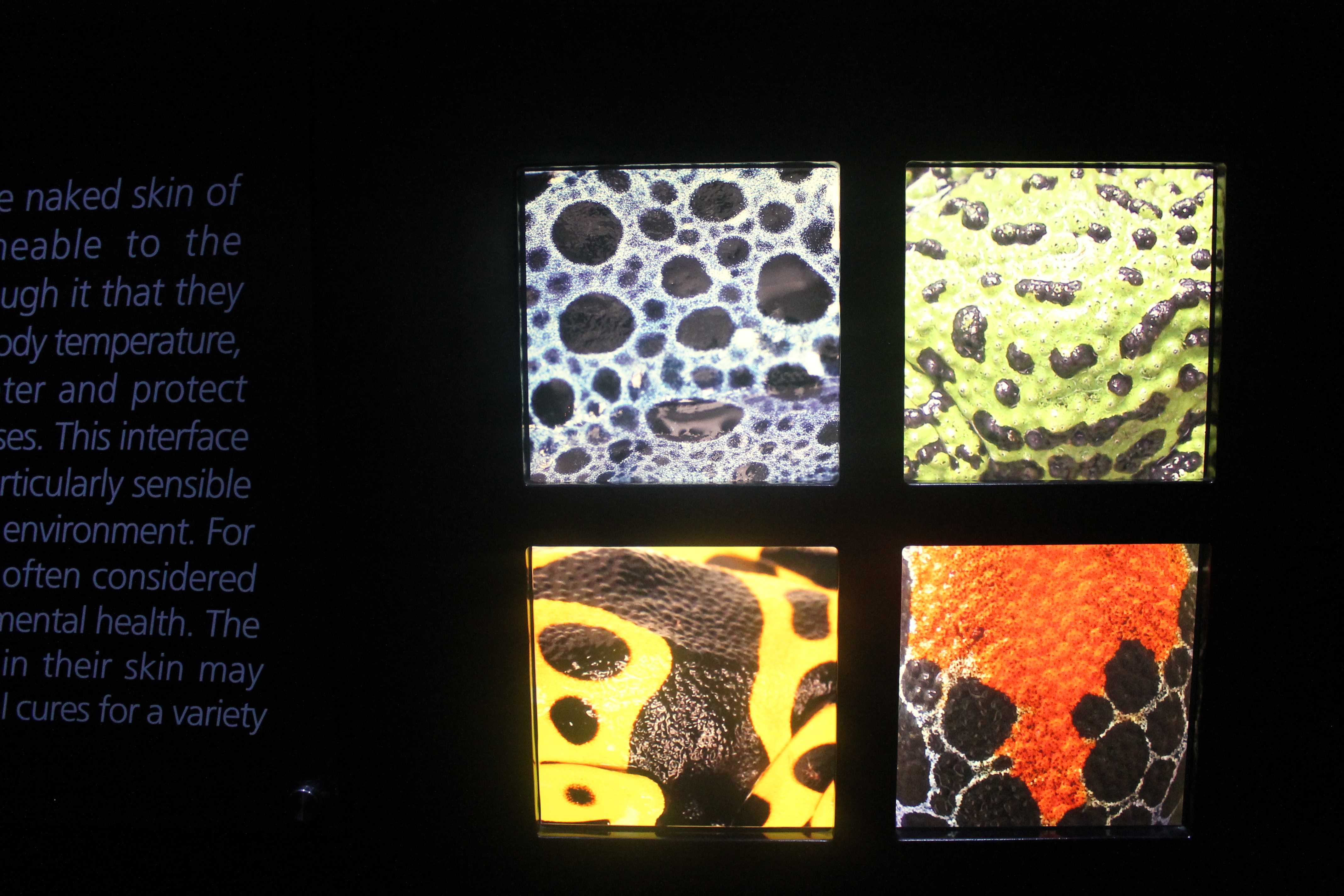

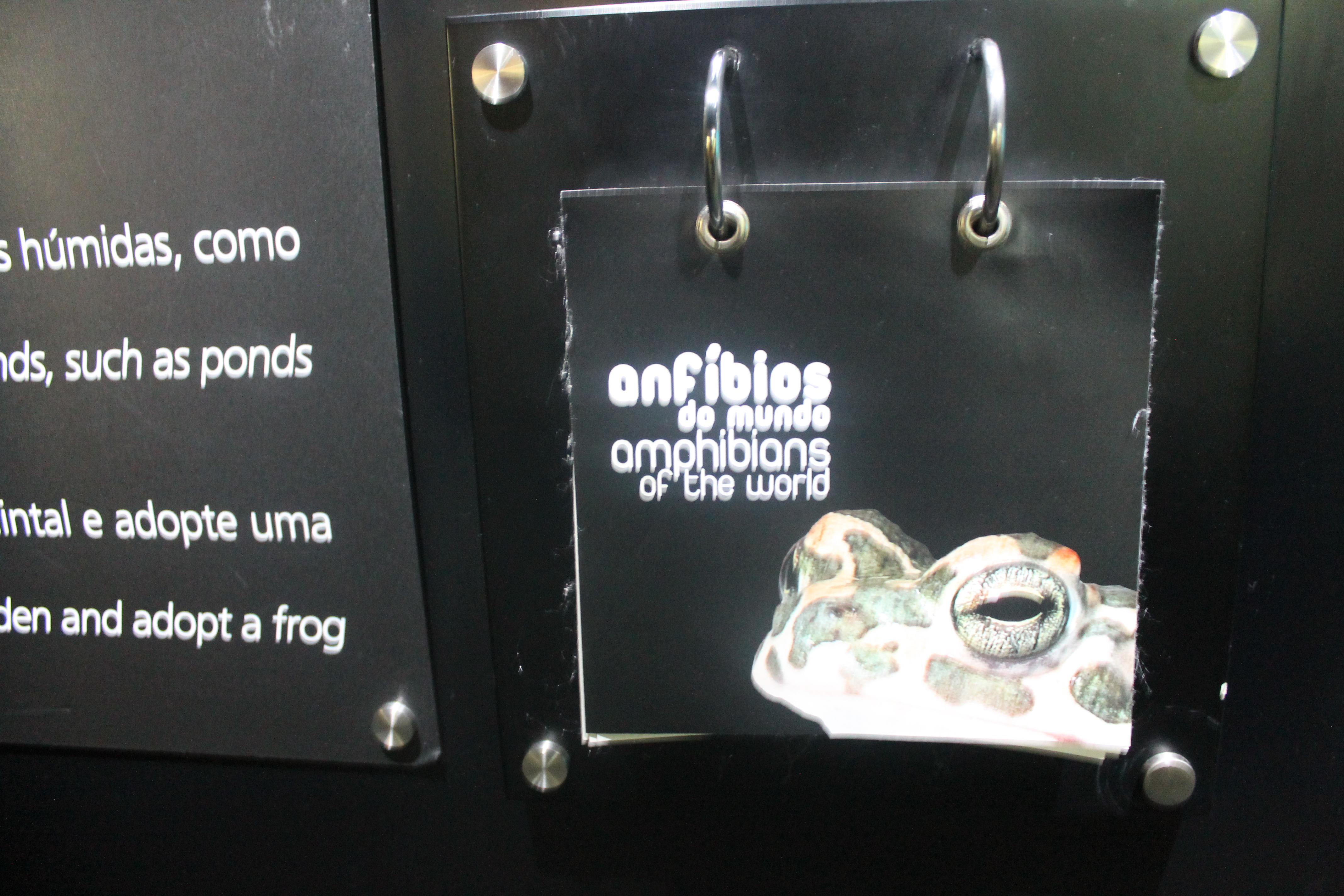
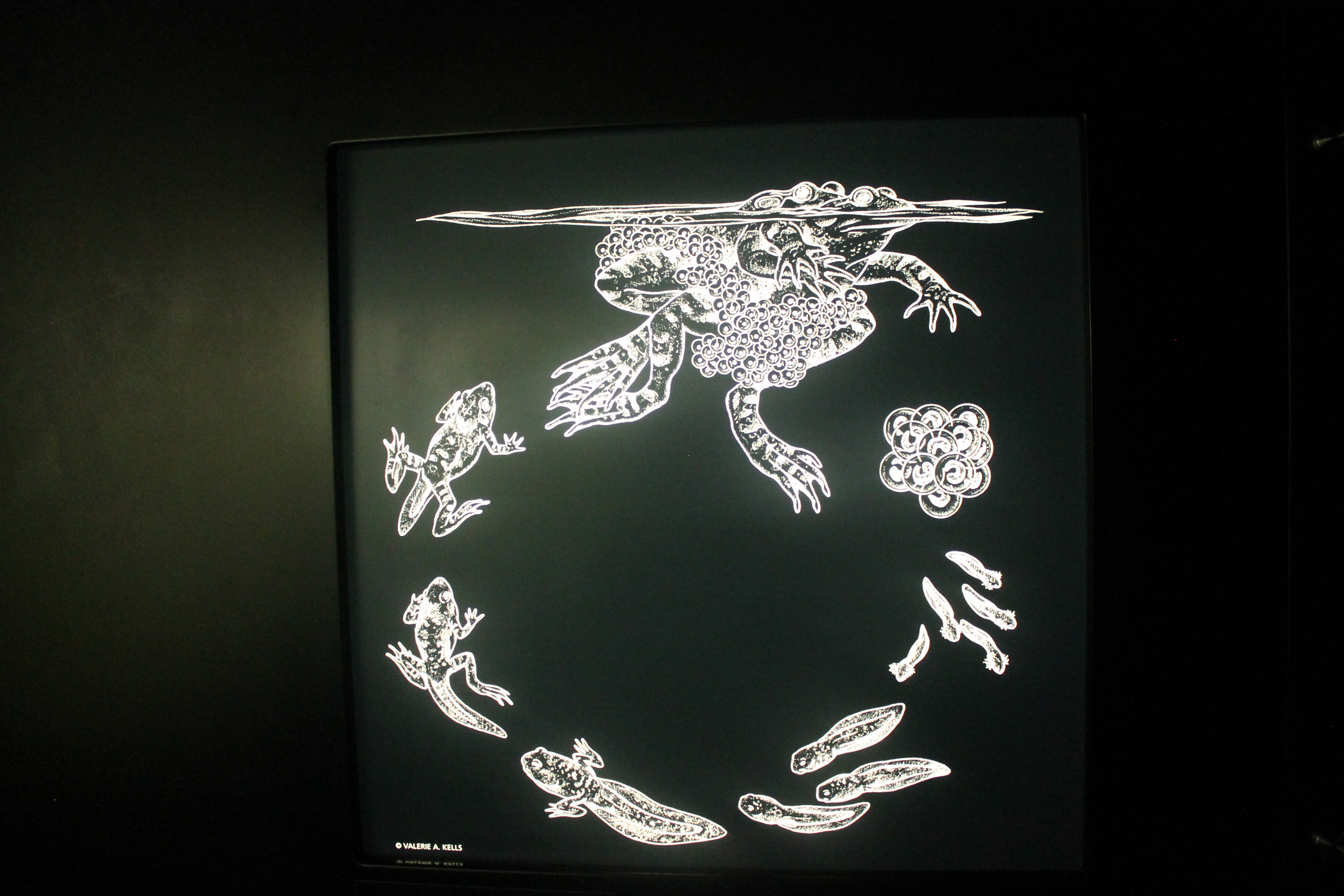
Amphibians can be found in moist terrestrial and freshwater habitats throughout the world. The only continent without amphibians is Antarctica. We can find large numbers of amphibians in temperate lakes, ponds and in tropical rainforests.😶😶
Los anfibios se pueden encontrar en hábitats terrestres húmedos y en agua dulce en todo el mundo. El único continente sin anfibios es la Antártica. Podemos encontrar un gran número de anfibios en lagos temperados, en estanques y en los bosques lluviosos tropicales.😮🤯

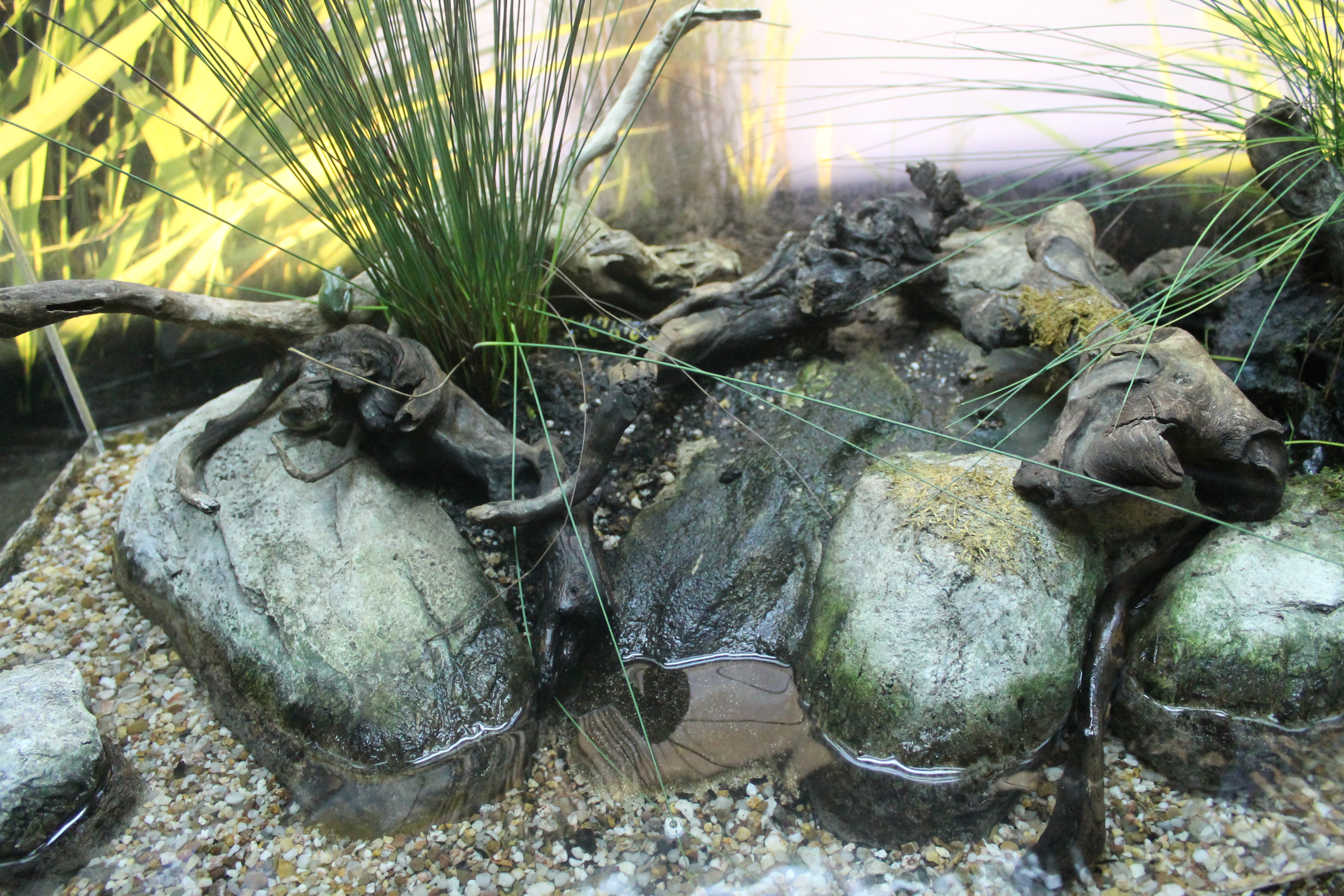
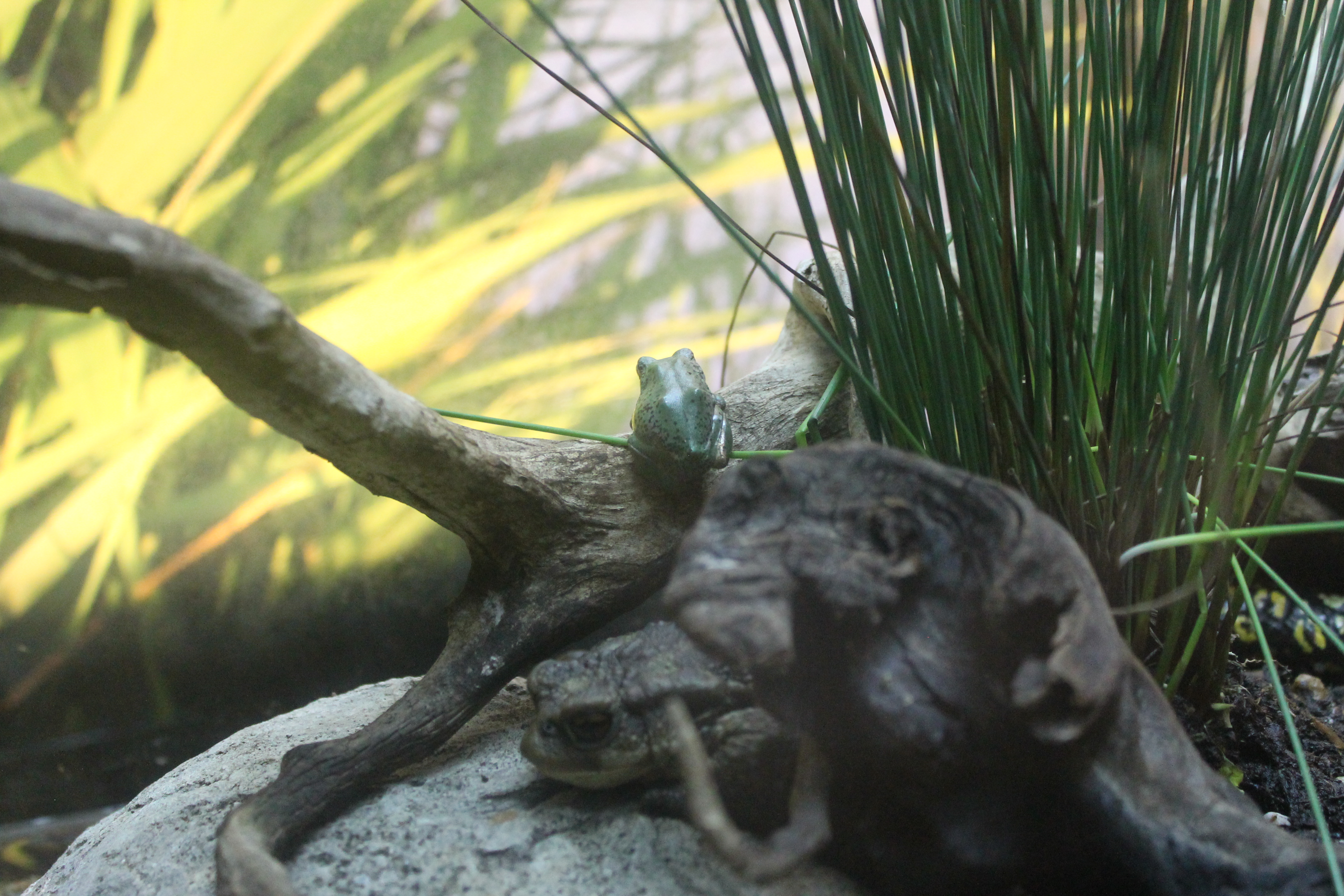


Amphibians are an important food source for animals such as birds, snakes, raccoons, and fish; however, they are also important predators. When they are larvae, they mainly feed on small aquatic animals such as aquatic insects. They can also feed on algae. When they are adults, amphibians are completely carnivorous. They can hunt and eat worms, snails, and insects like the frog in Figure below. Unlike other amphibians, caecilians are burrowers. They use their heads to burrow into the ground and thus feed on earthworms and other annelids. Cecillids can be found in moist soil near rivers and streams in tropical regions.🙂🙂
Los anfibios son una importante fuente de alimento para animales como las aves, las serpientes, los mapaches y los peces; sin embargo, también son importantes depredadores. Cuando son larvas, se alimentan principalmente de pequeños animales acuáticos como los insectos acuáticos. También se pueden alimentar de algas. Cuando son adultos, los anfibios son completamente carnívoros . Pueden cazar y comer gusanos, caracoles e insectos como lo hace la rana en la Imagen siguiente A diferencia de otros anfibios, los cecílidos son excavadores . Utilizan su cabeza para excavar en la tierra y así alimentarse de gusanos de tierra y otros anélidos. Los cecílidos se pueden encontrar en tierra húmeda cerca de ríos y arroyos en las regiones tropicales.🌎🌏
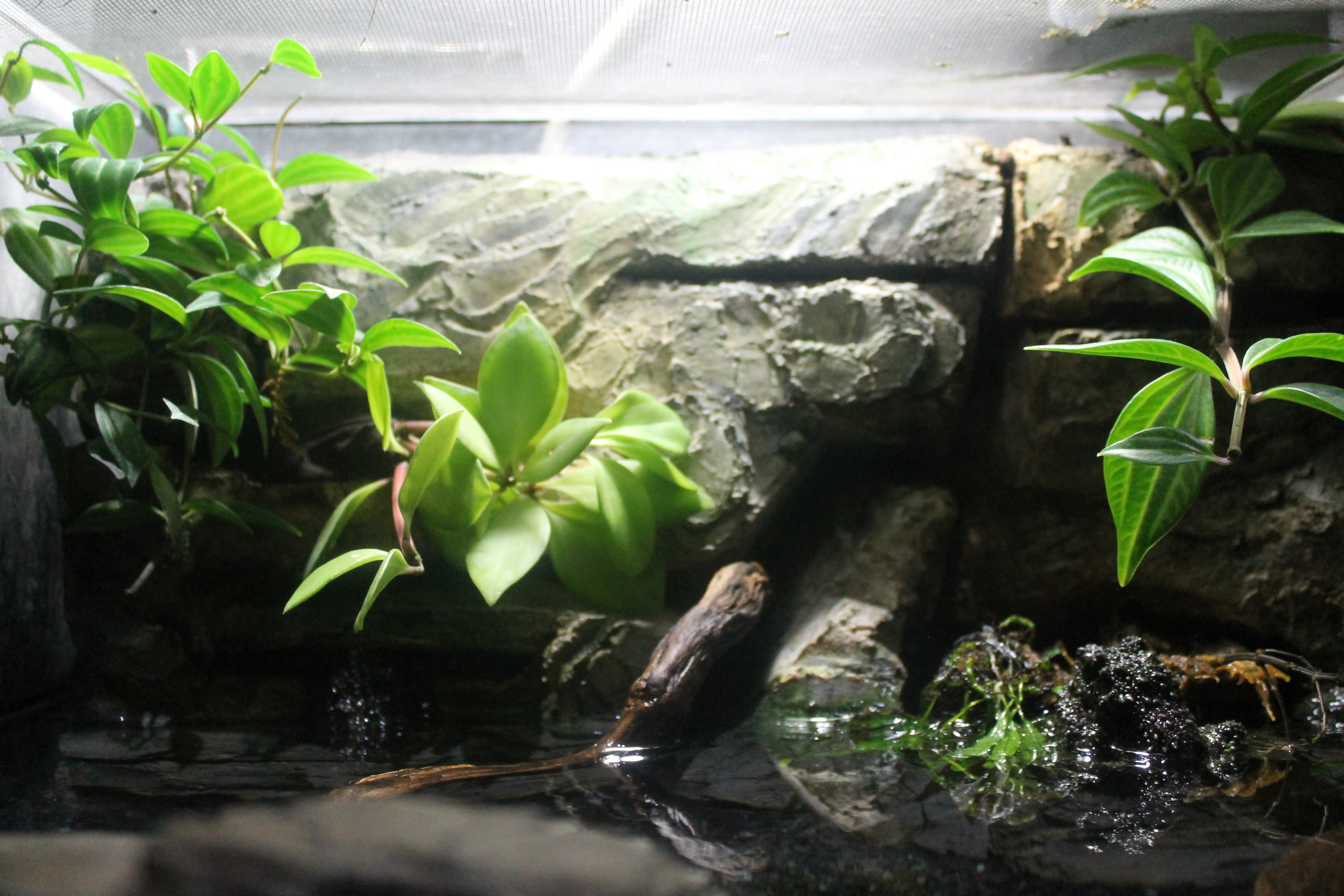
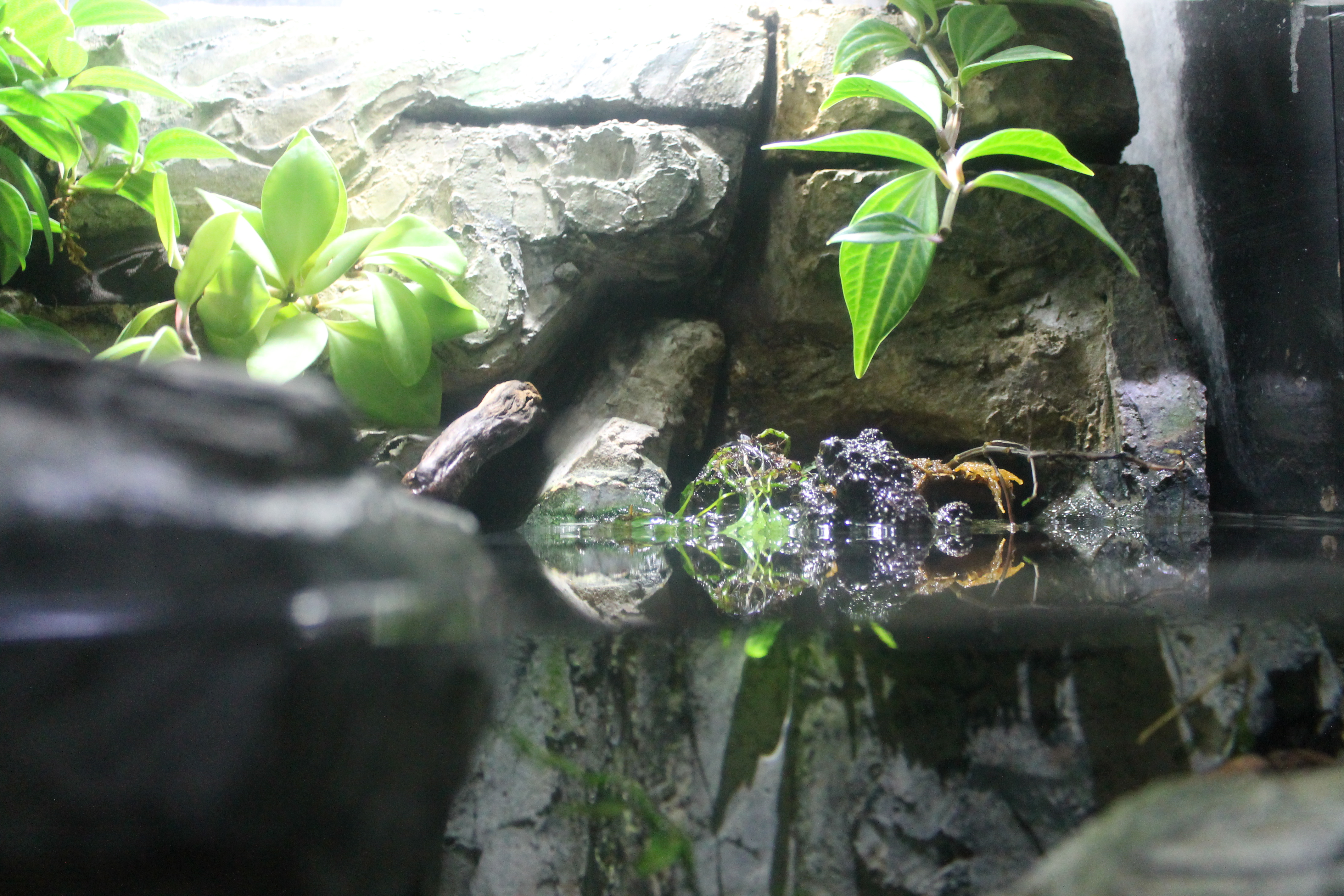
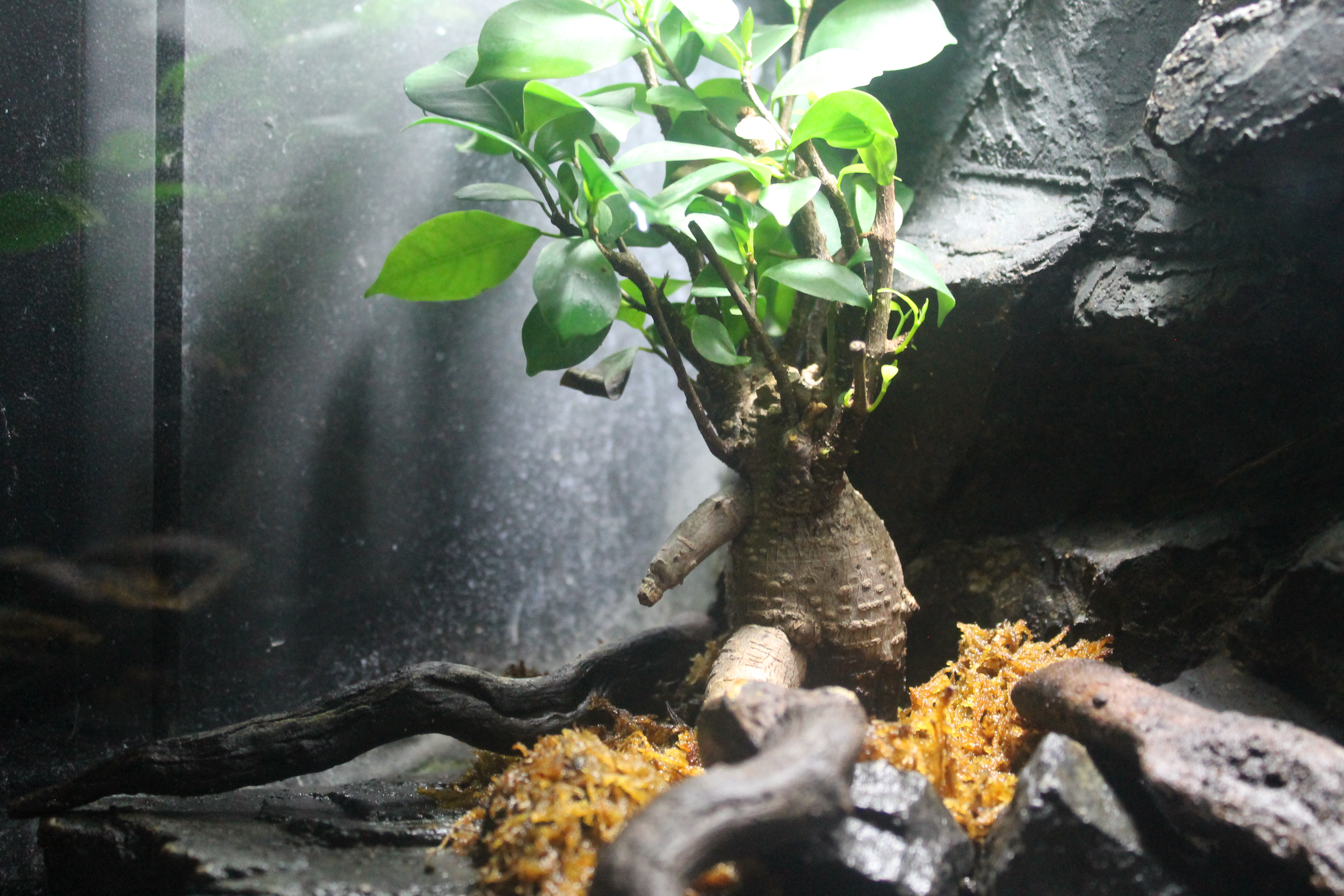
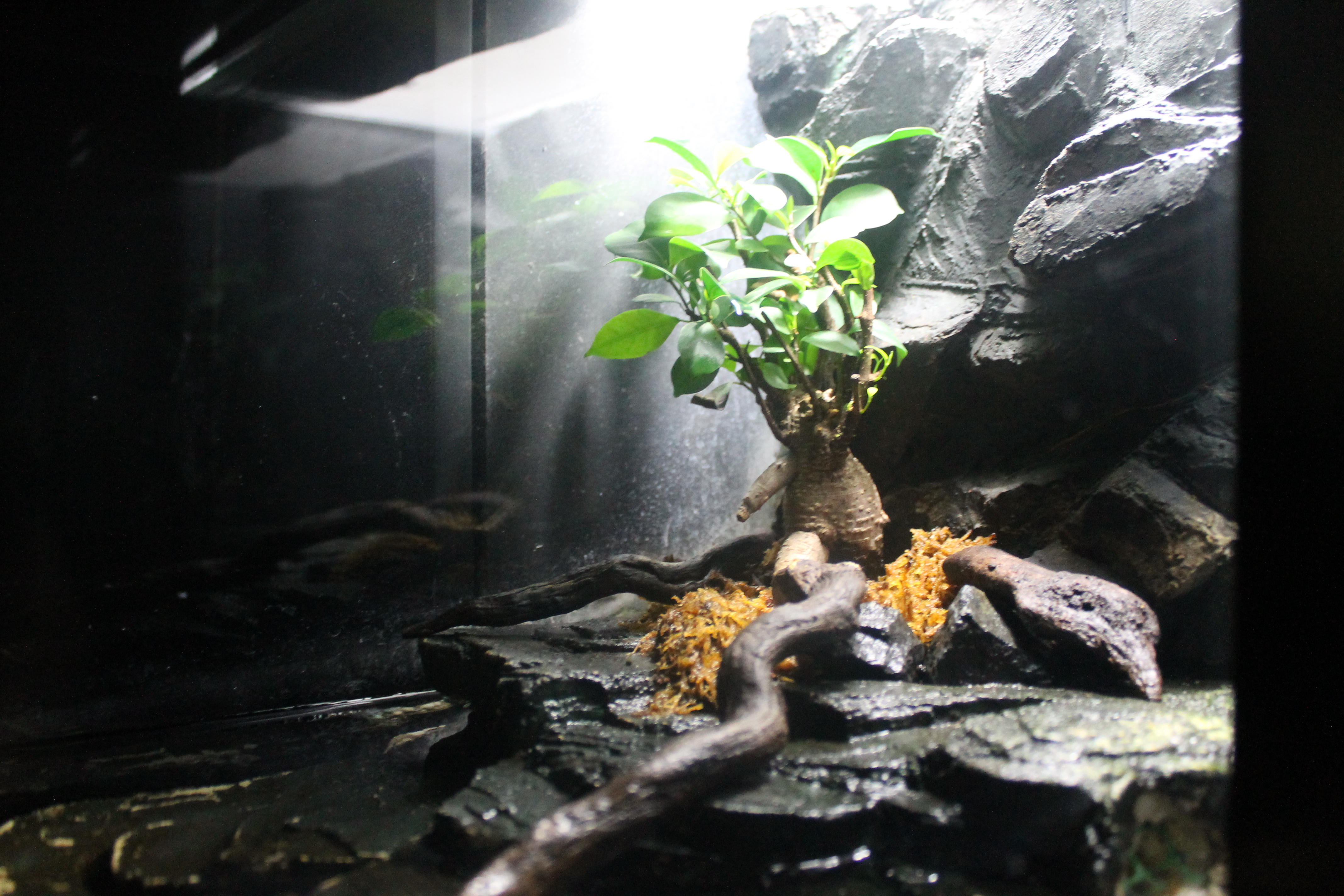
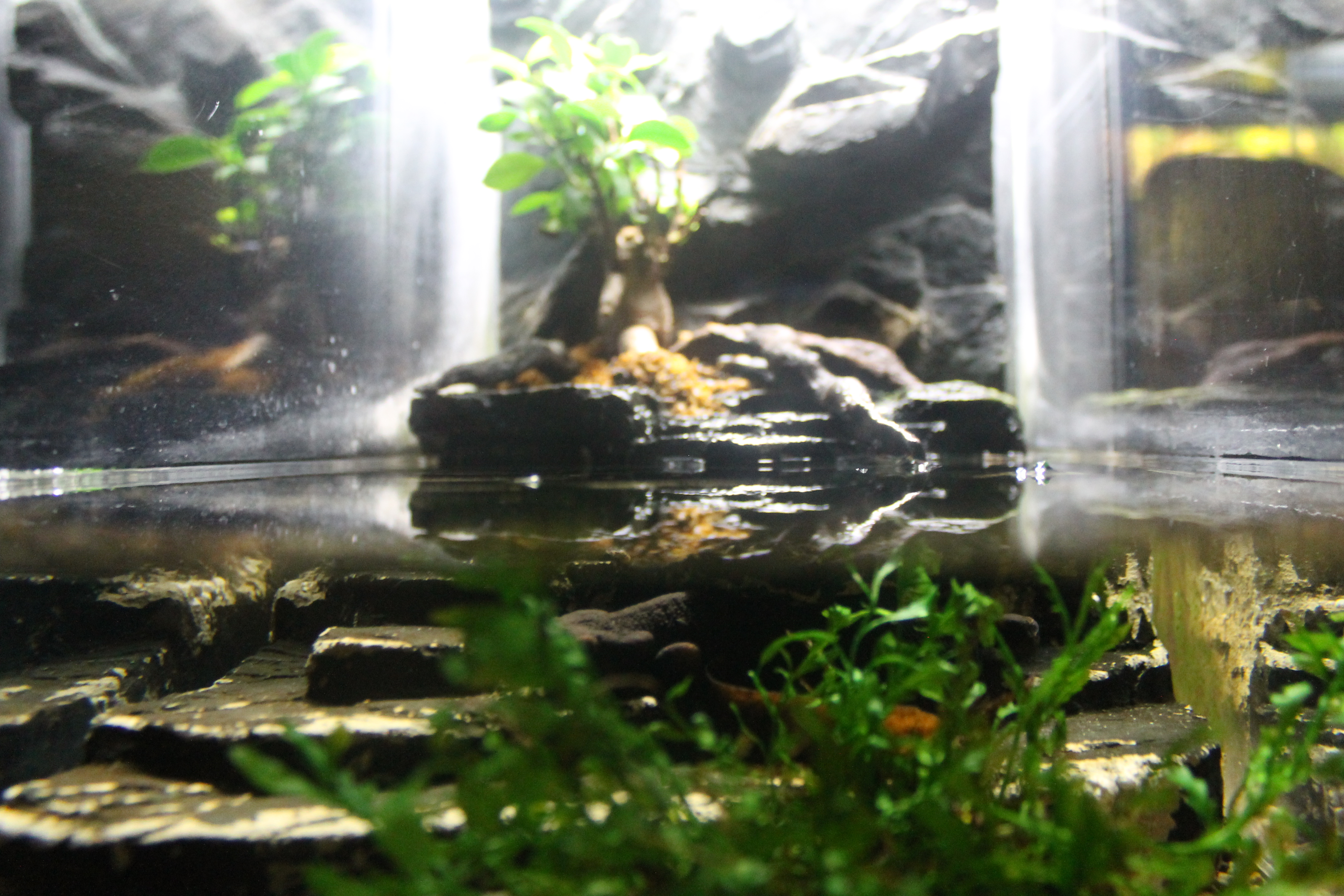

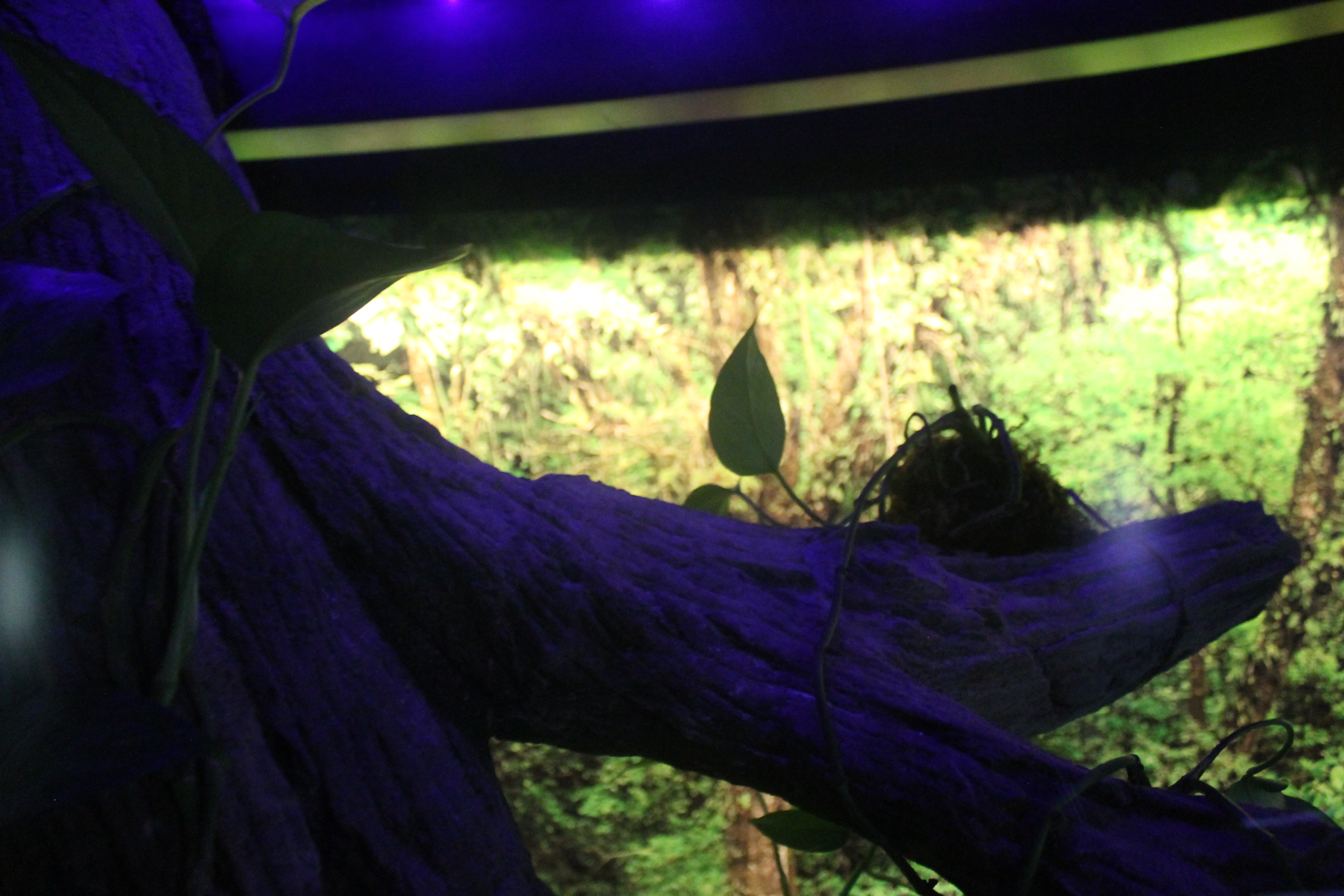

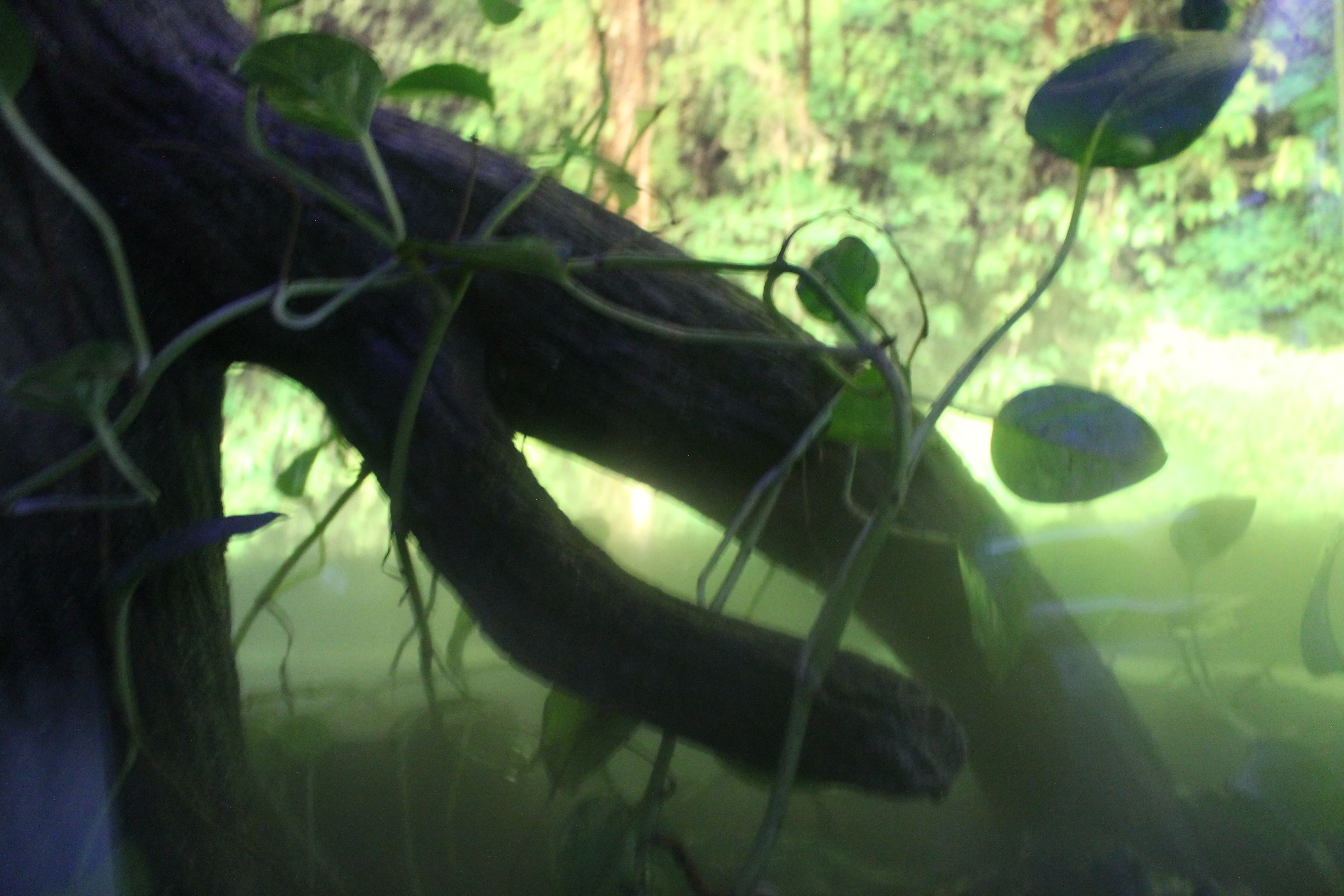
Currently, almost a third of all amphibians face the threat of extinction. Reasons include the disappearance of their habitats, pollution, climate change, and the introduction of non-native species. Most of these problems are man-made.💖💖
Actualmente, casi un tercio de todos los anfibios enfrentan la amenaza de la extinción. Las razones incluyen la desaparición de sus hábitats, la contaminación, el cambio climático y la introducción de especies no nativas. La mayoría de estos problemas son causados por el hombre.⭕🛑⛔
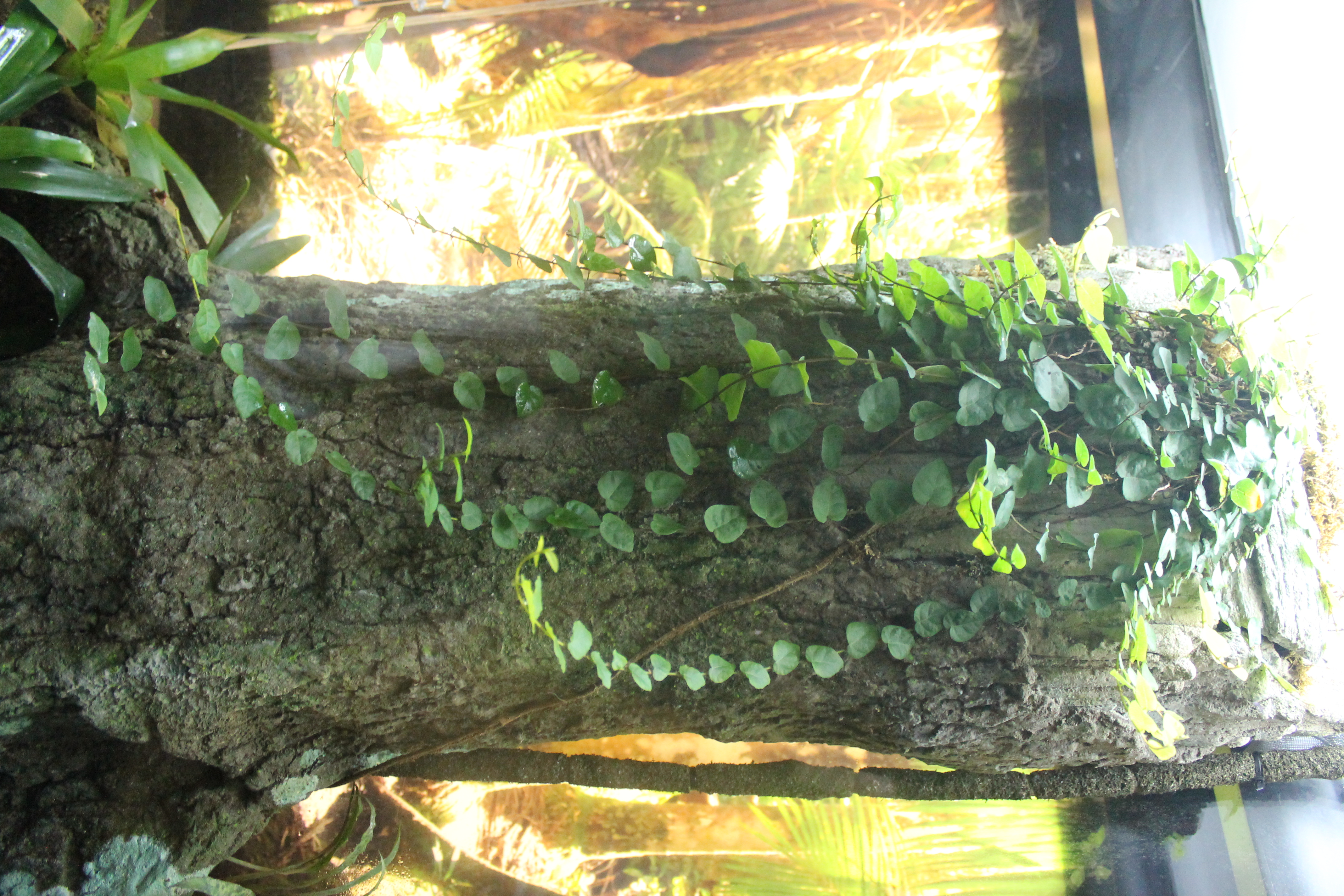
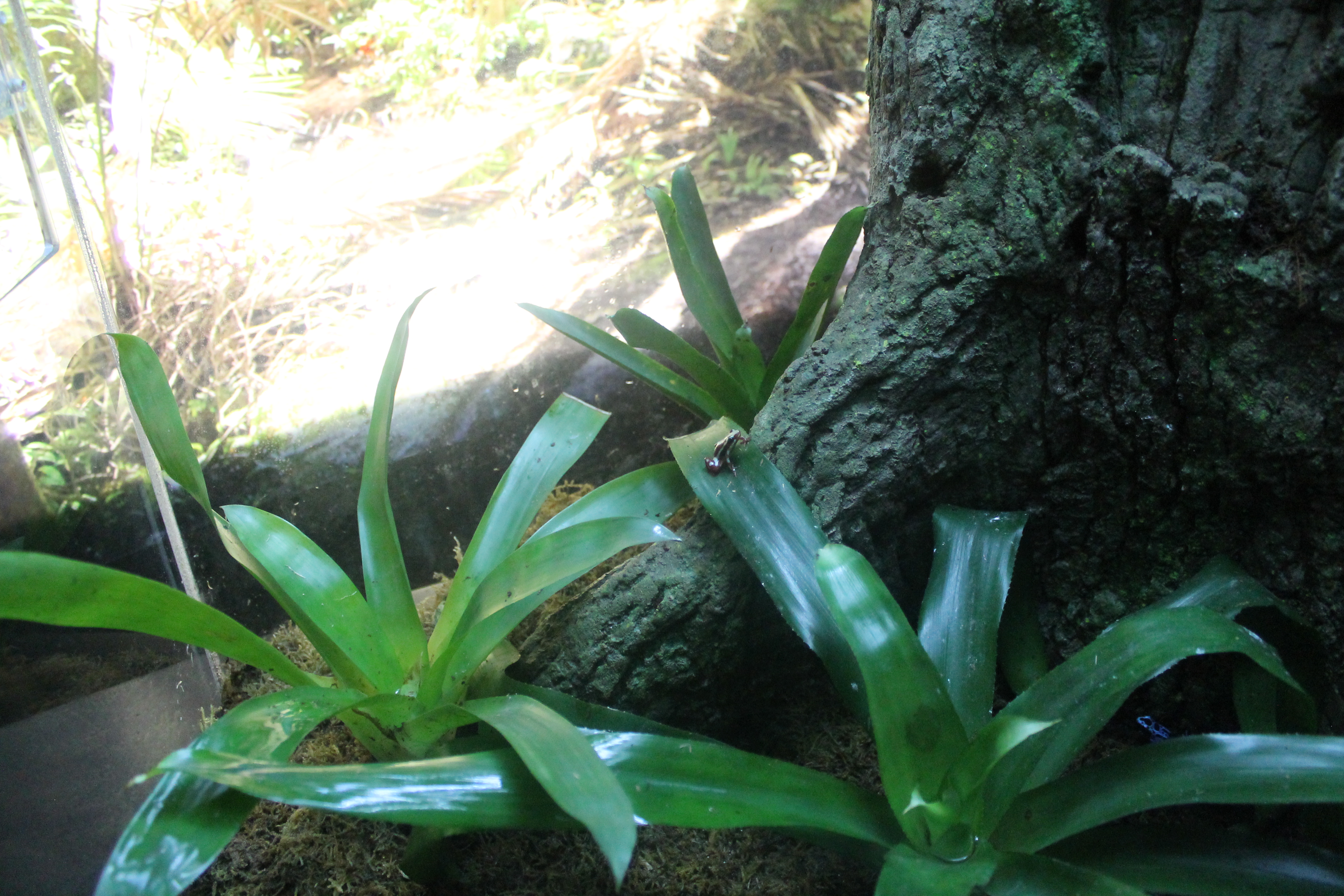
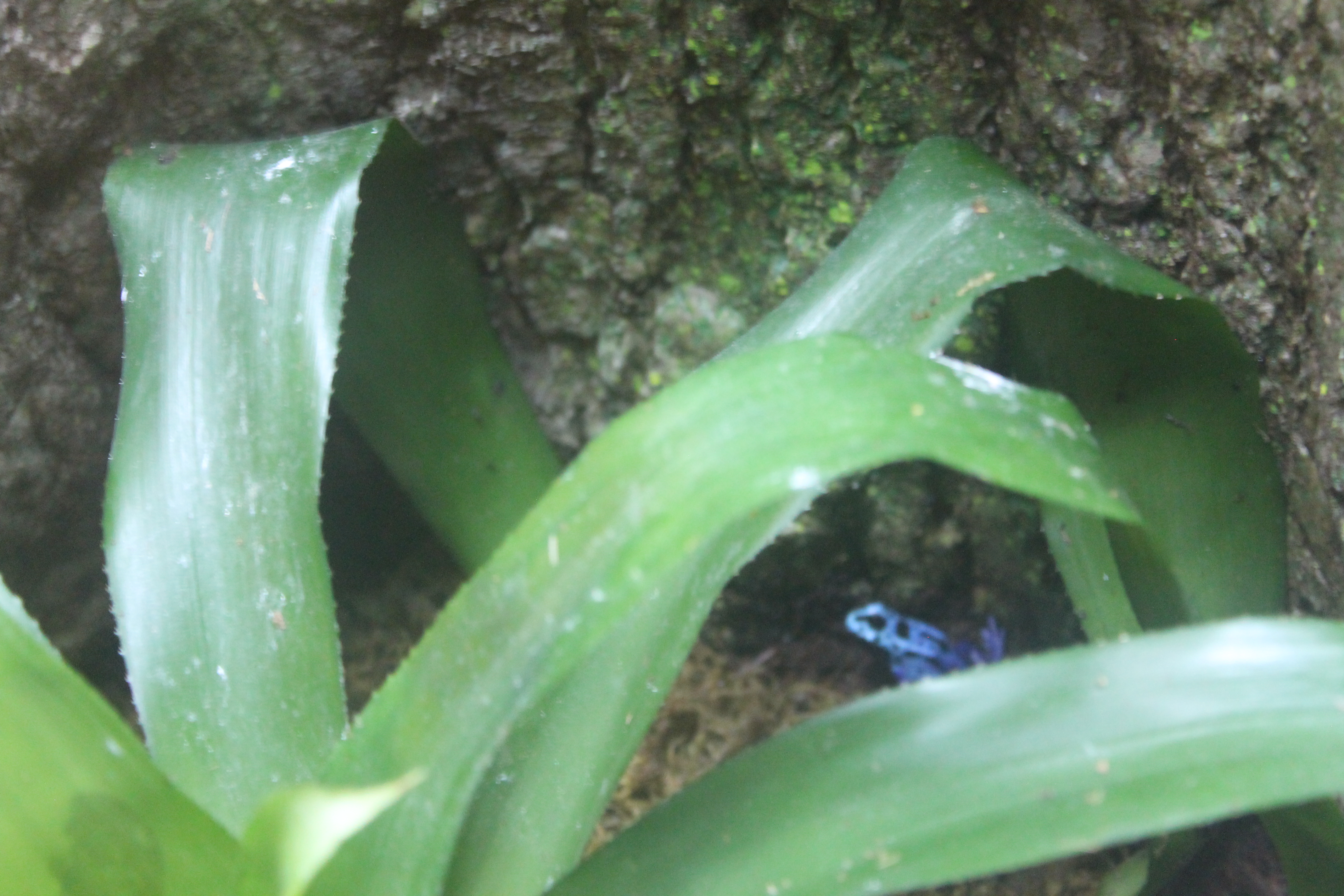
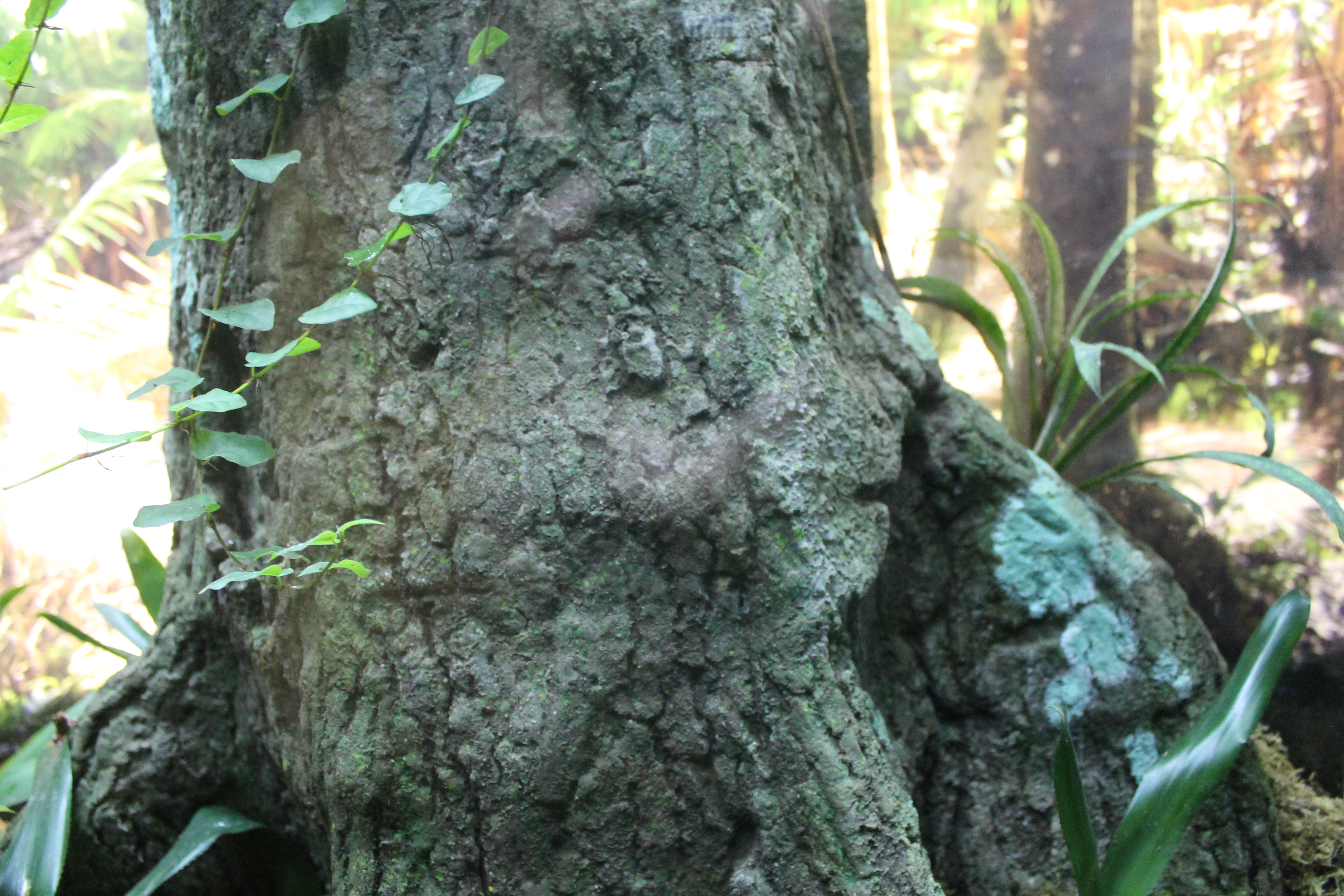
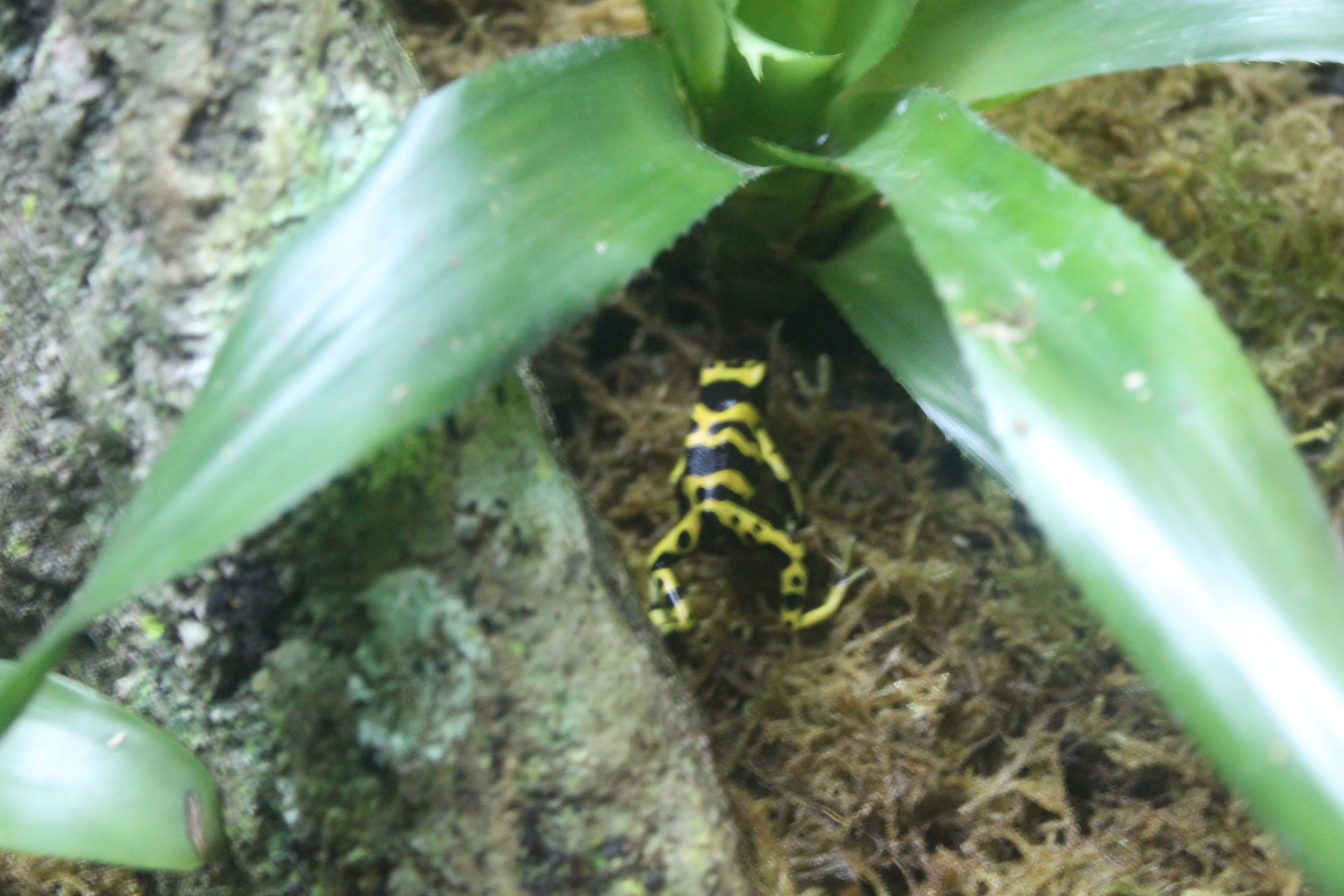

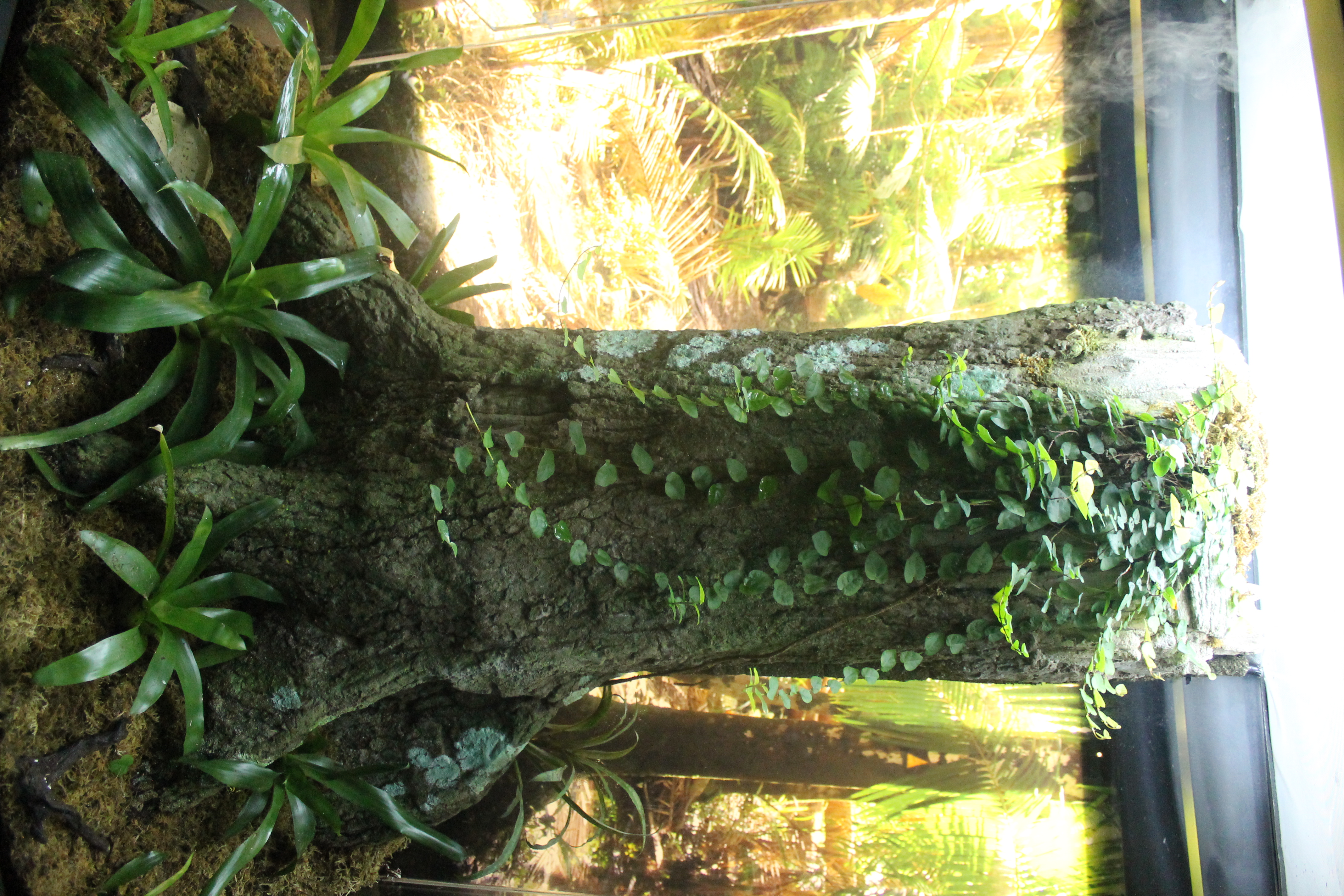
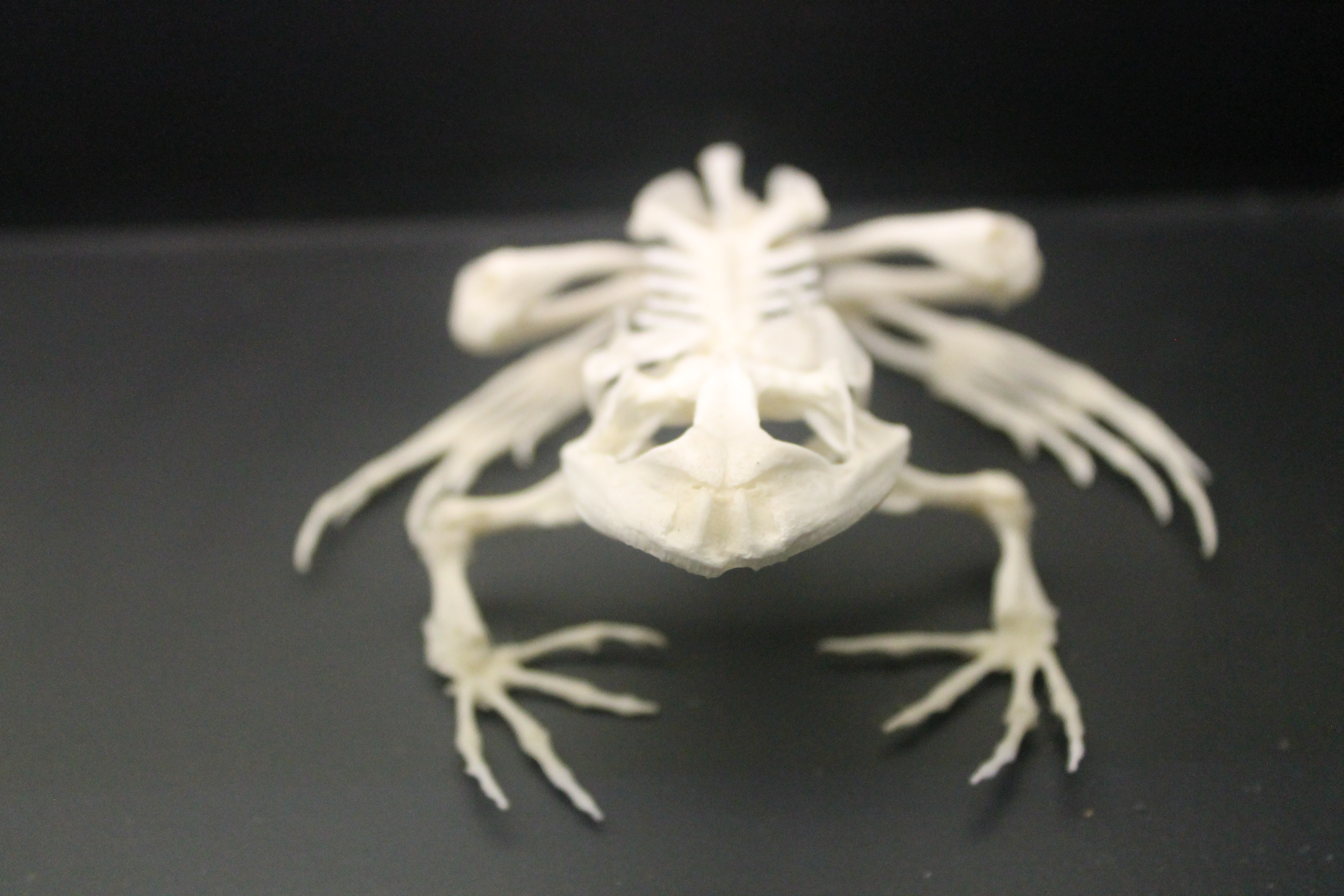

THANKS🎈🎋🎄🎍
OBRIGADO🧡💥💞
I would like to invite you to follow the @discovery-it community, supporting us together also means growing!
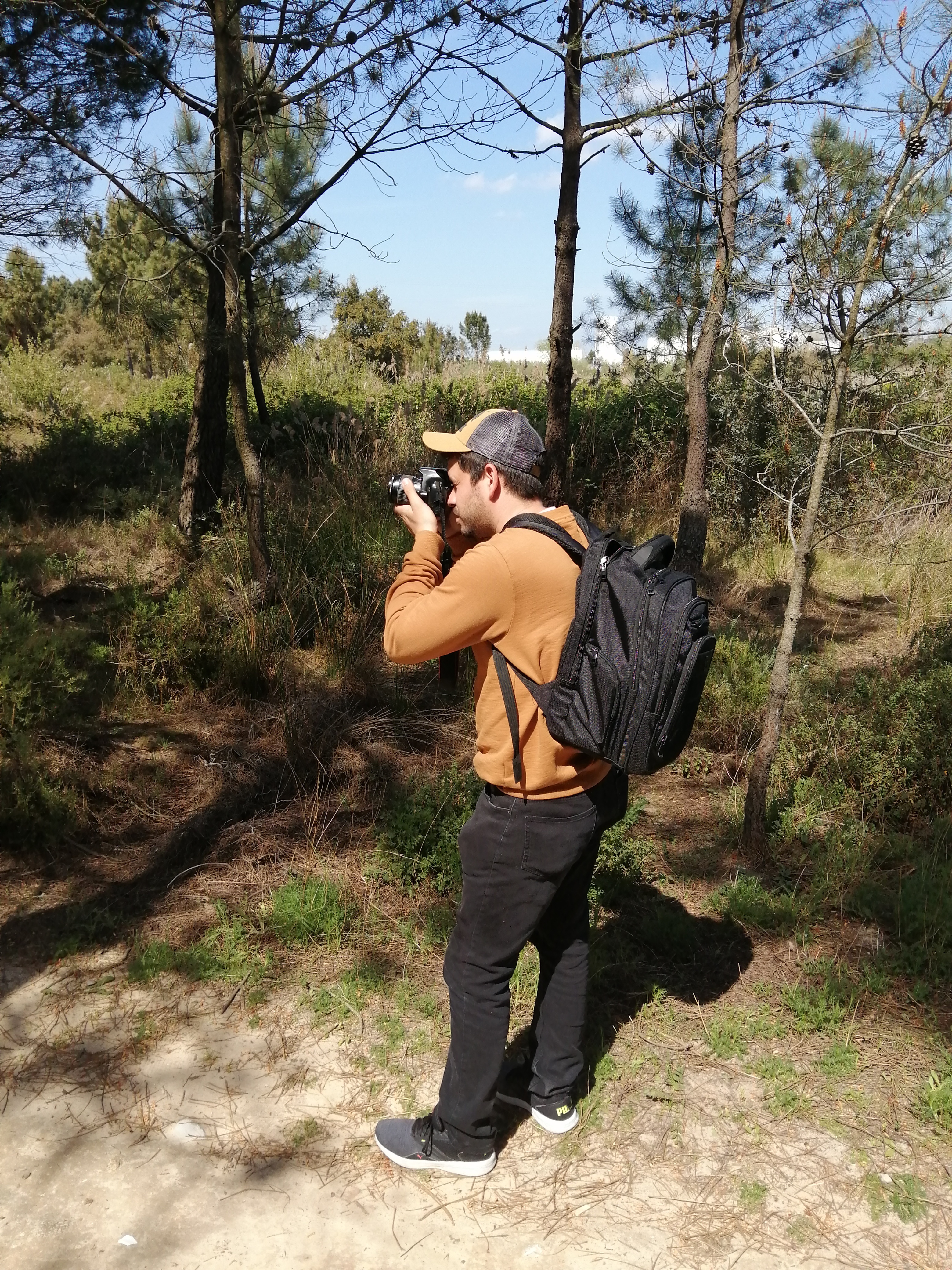
THE PHOTOGRAPHS ARE MY PROPERTY

http://www.ranapedia.com/evolucion-de-las-ranas/
https://flexbooks.ck12.org/cbook/ck-12-conceptos-biologia/section/12.13/primary/lesson/evoluci%c3%b3n-y-ecolog%c3%ada-de-los-anfibios
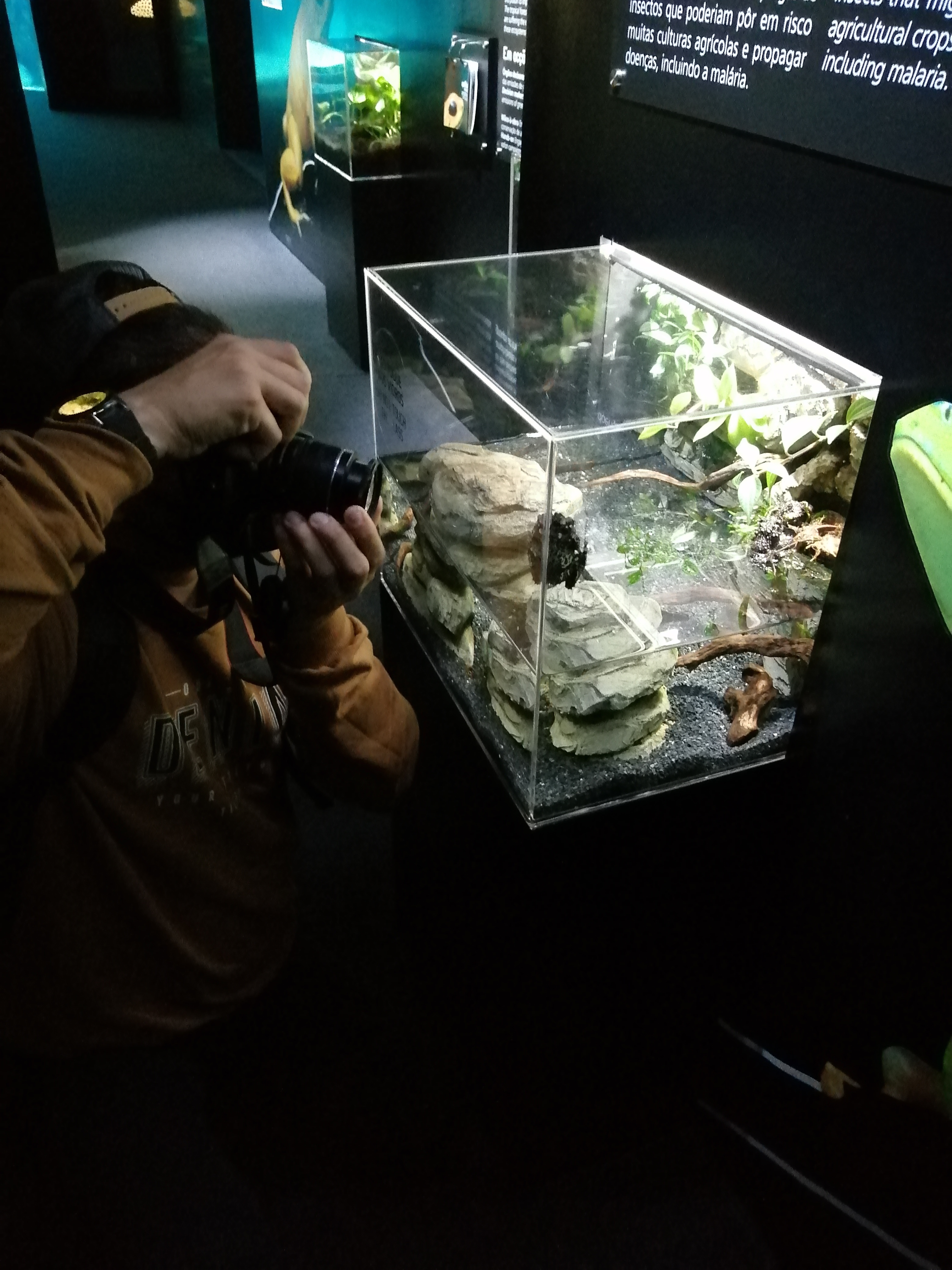
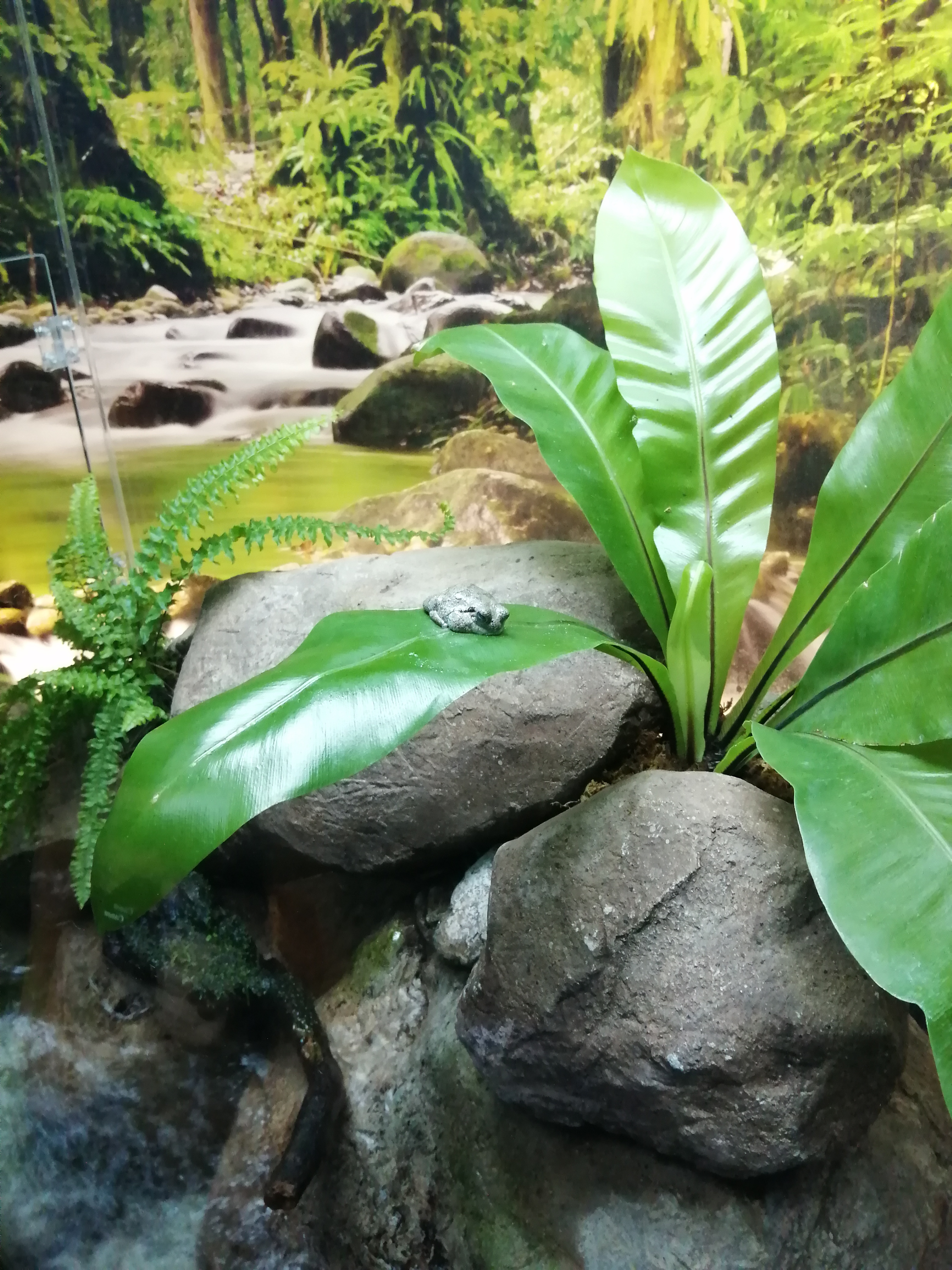
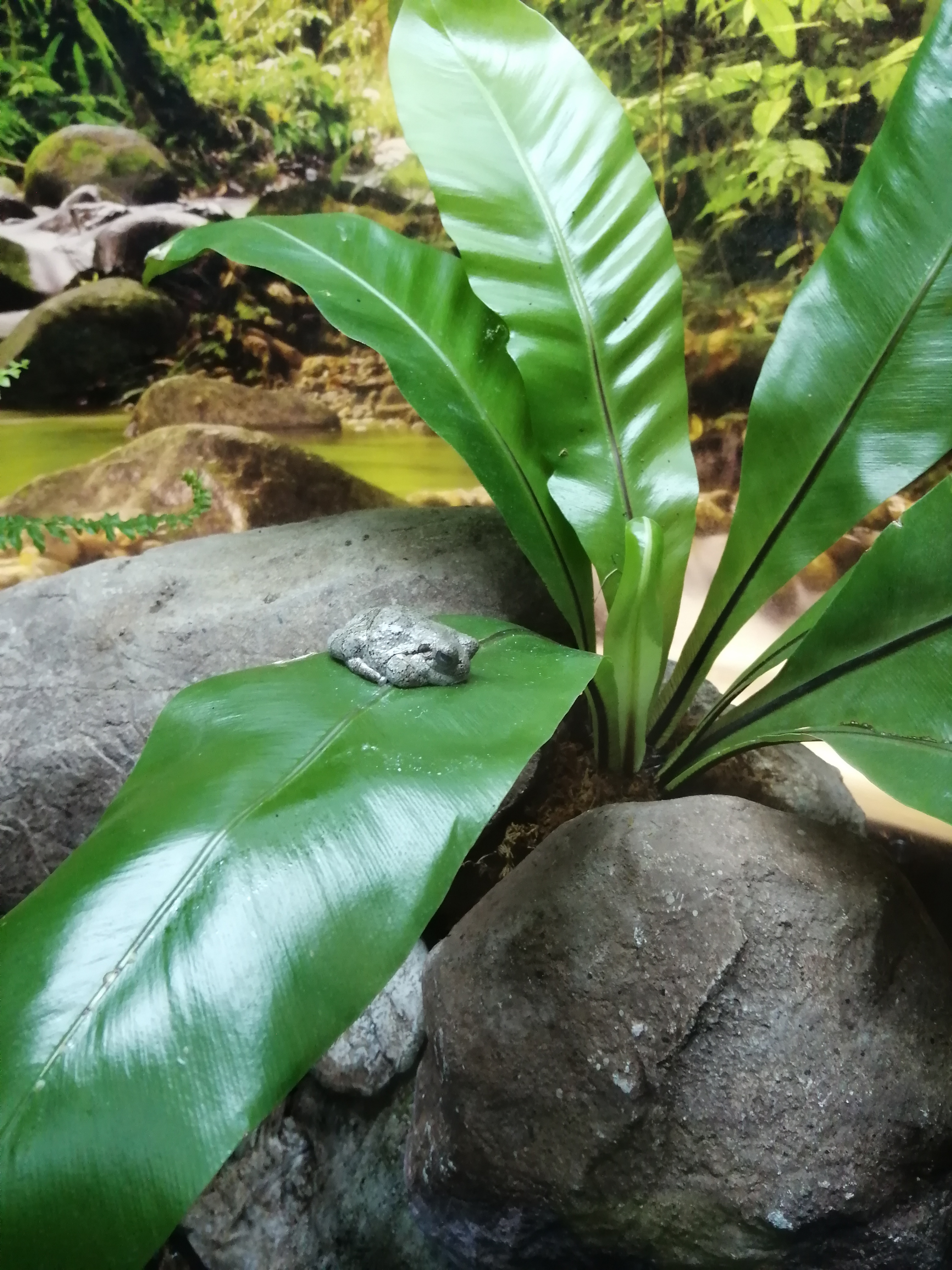
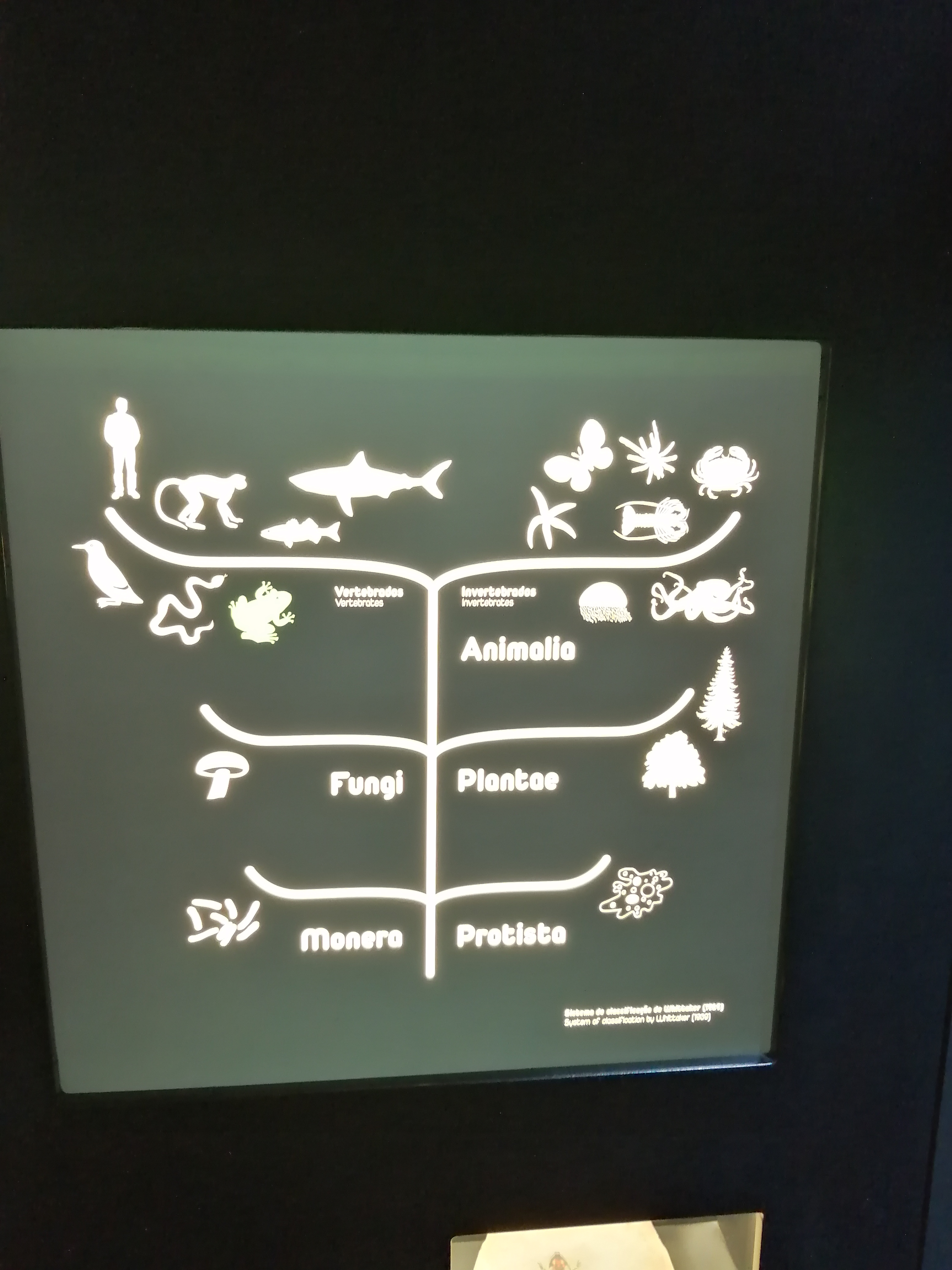

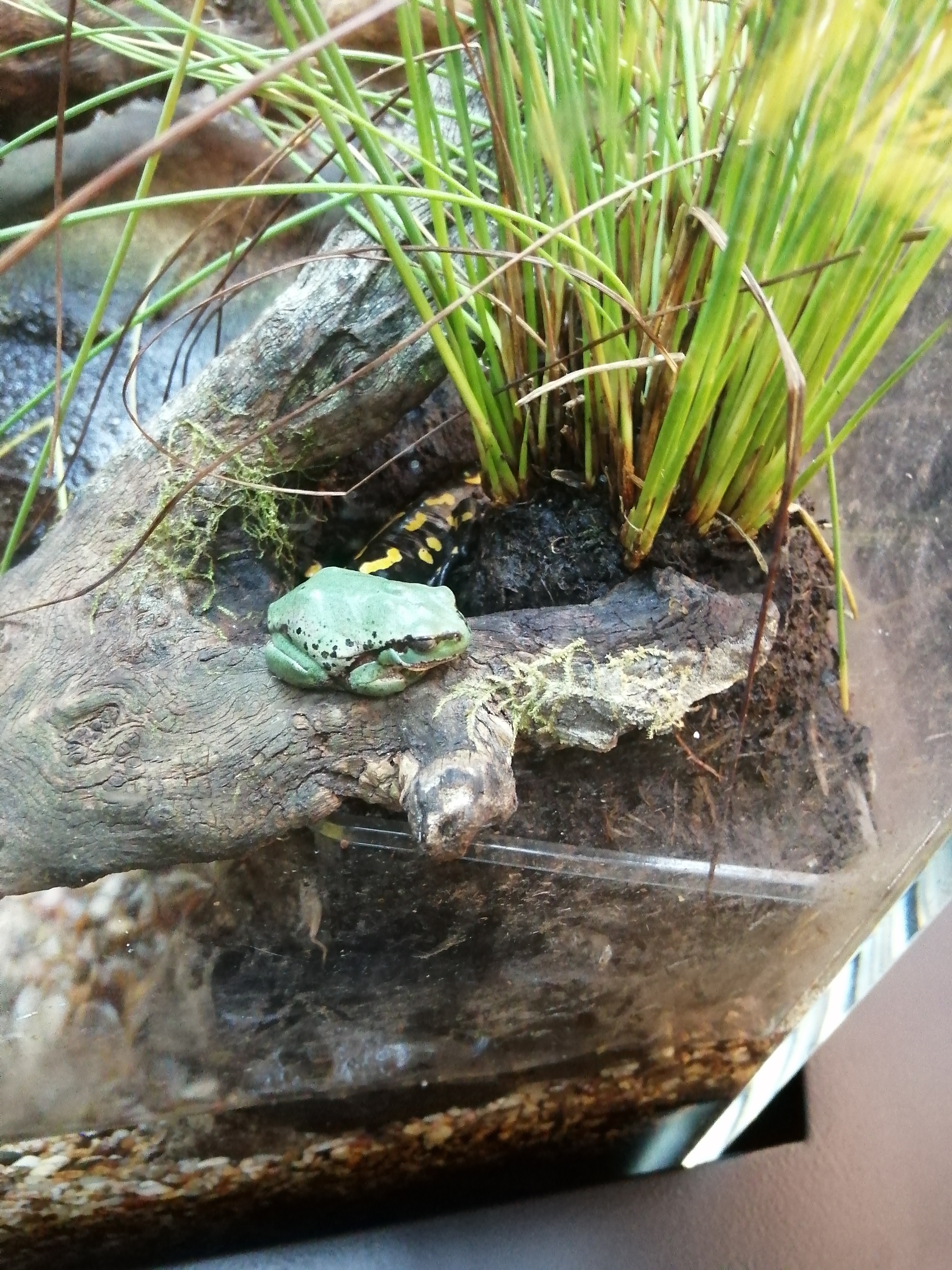

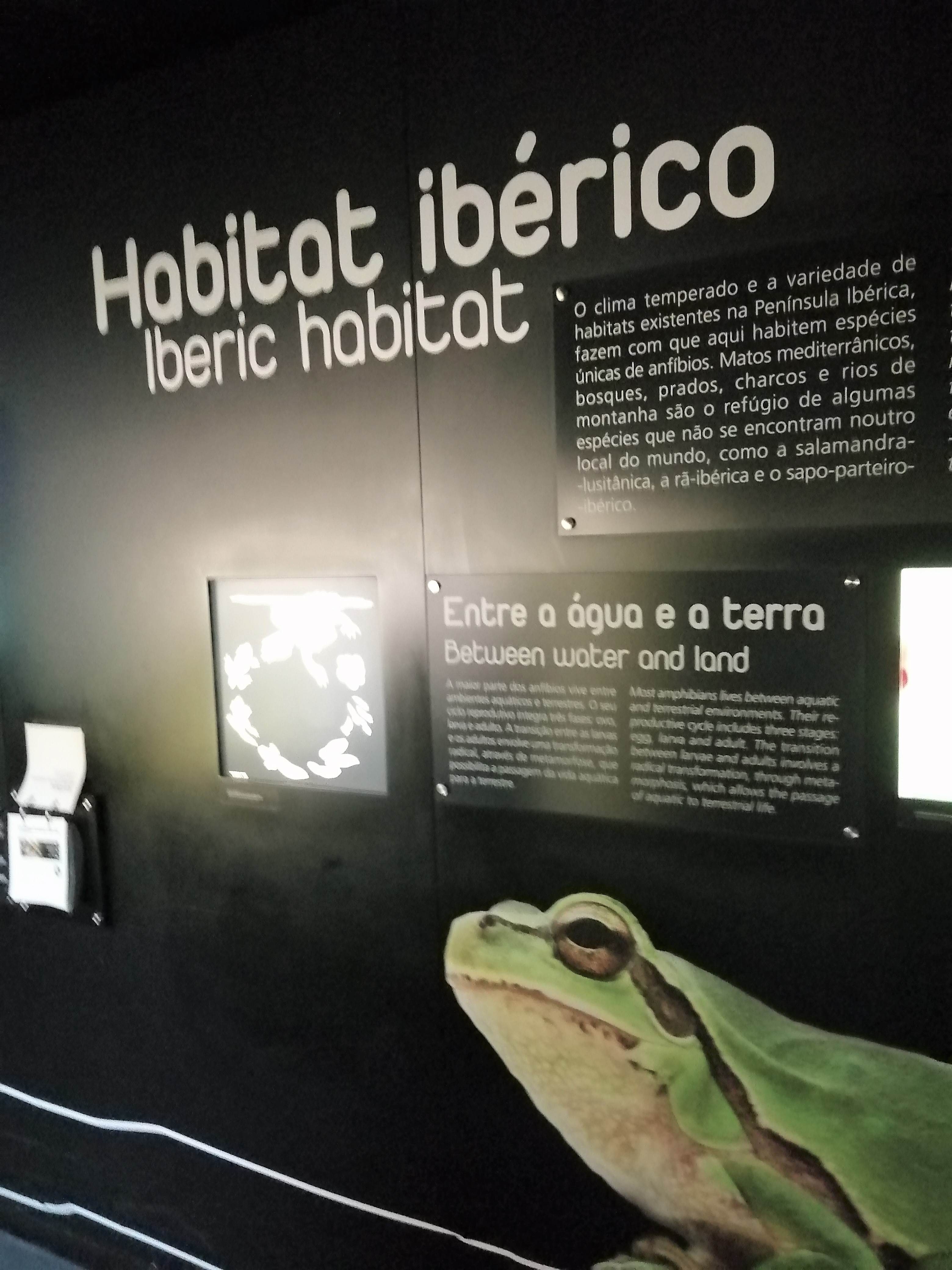







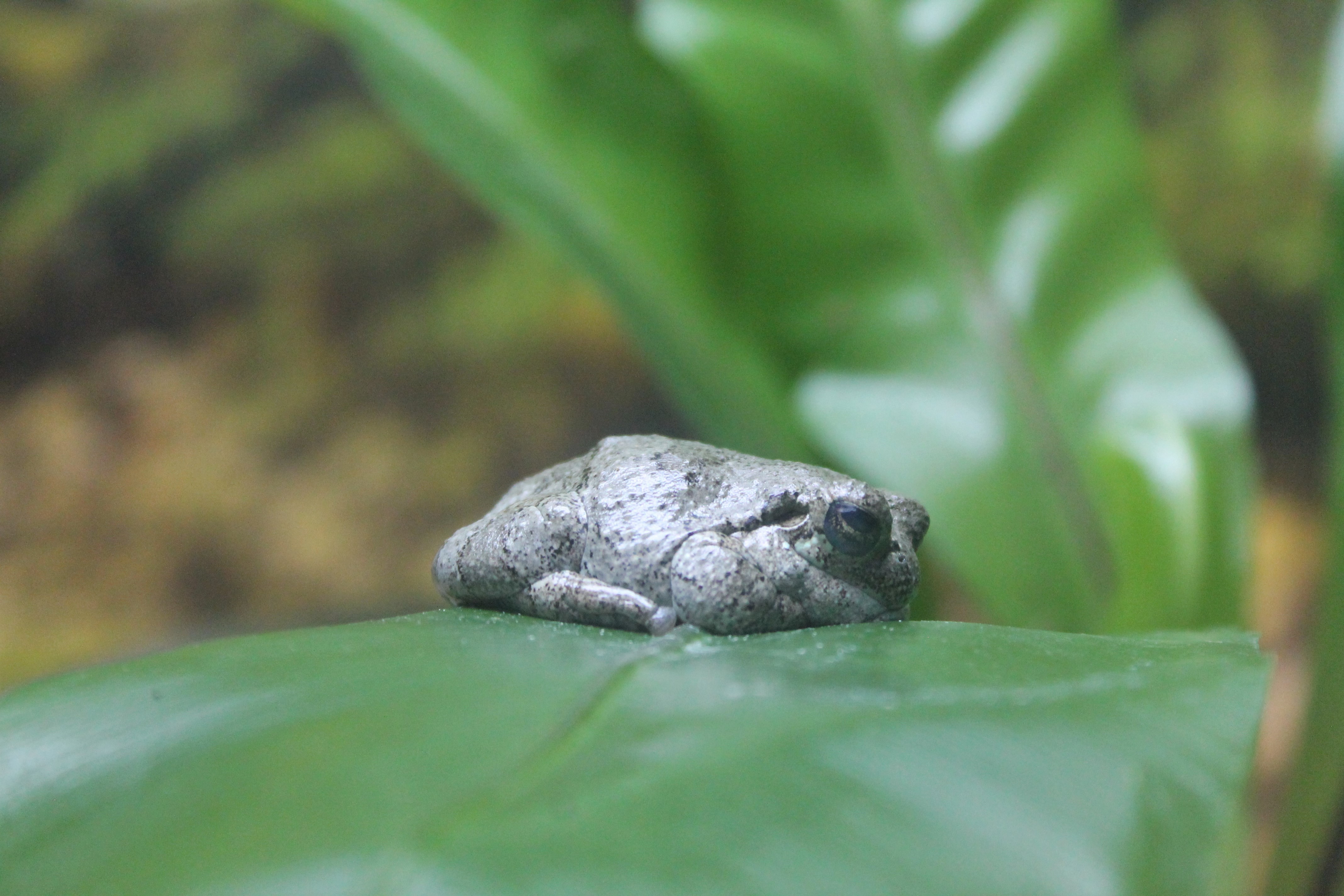
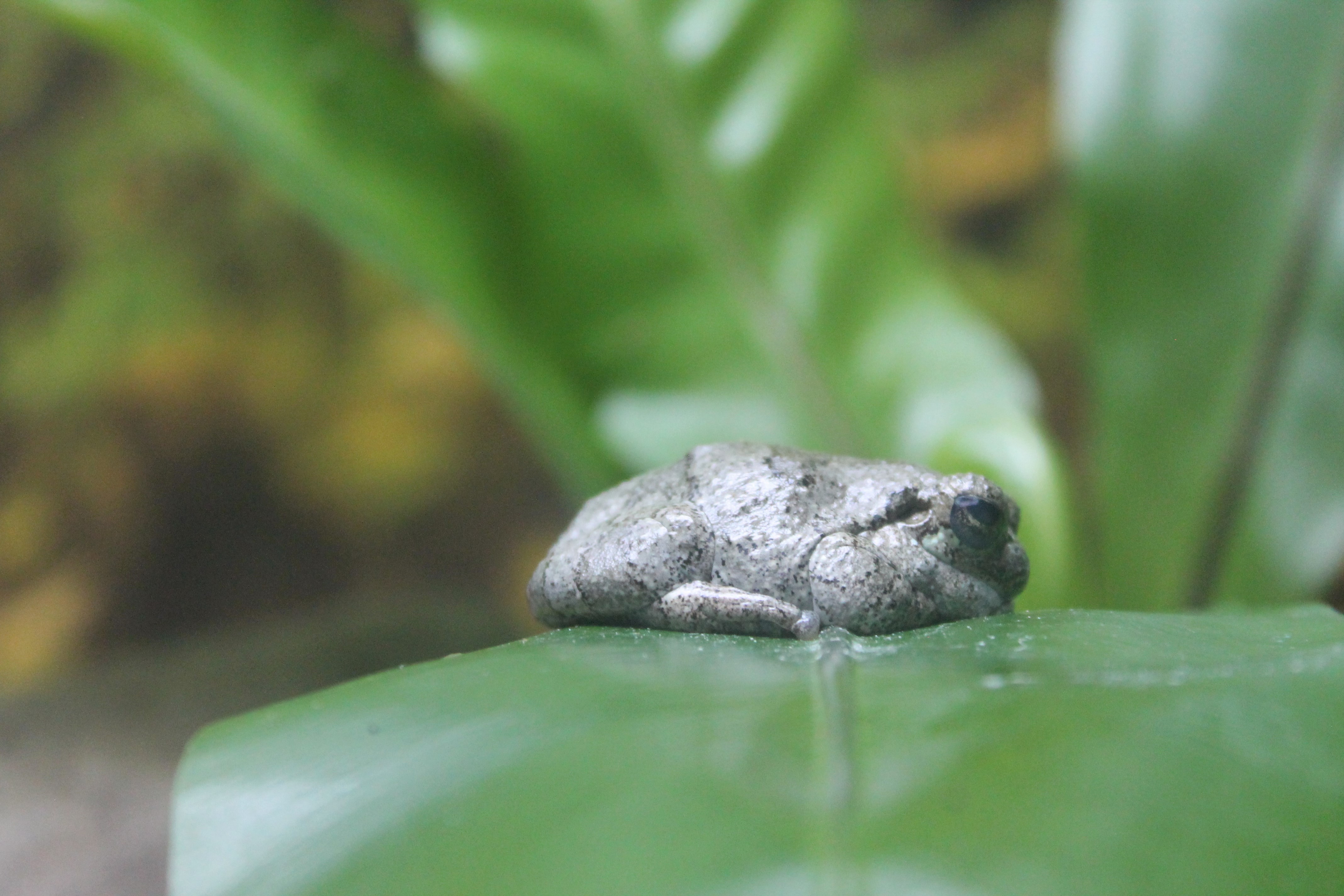
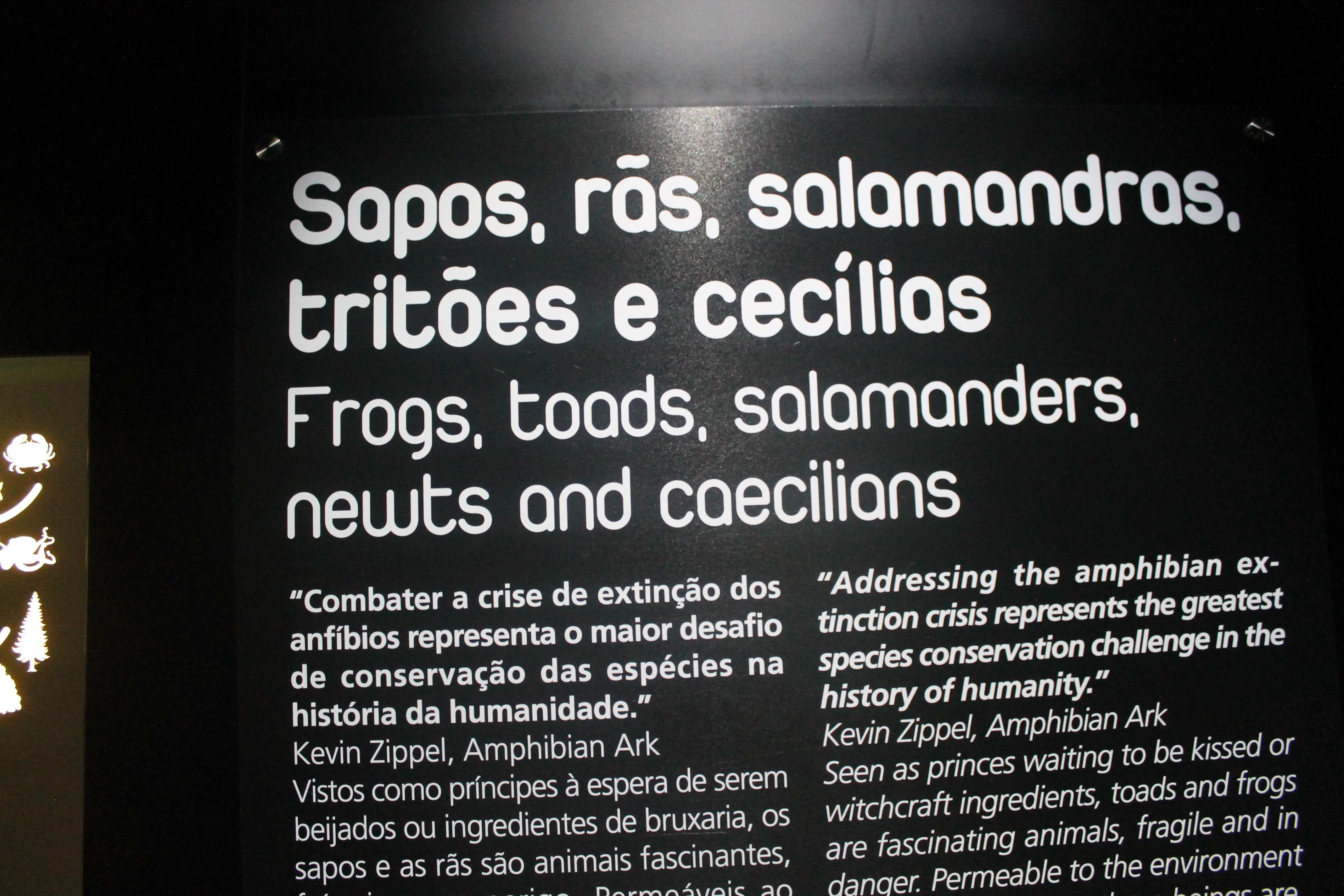































Congratulations @oscurity! You have completed the following achievement on the Hive blockchain and have been rewarded with new badge(s) :
Your next target is to reach 21000 upvotes.
Your next target is to reach 90000 upvotes.
You can view your badges on your board and compare yourself to others in the Ranking
If you no longer want to receive notifications, reply to this comment with the word
STOPCheck out the last post from @hivebuzz:
Support the HiveBuzz project. Vote for our proposal!
Now come to think of it, I have never seen an amphibian fossil myself.
And in my experience, frogs would eat anything smaller than they are.